SPONSORED
It seems ludicrous that Australia’s favourite new vehicle type – the mid-size SUV – is younger than any of the three Jonas Brothers or Hannah Montana star Miley Cyrus.
But the modern ‘soft-roader’ is a relatively new phenomenon, pioneered by Japanese automakers in the mid-1990s with a handful of crossover vehicles that blurred the lines between traditional small hatchbacks and family-focused station wagons.
Sure, there were high-riding four-wheel drive wagons before that, like the Ford Bronco, Jeep Cherokee, Mercedes G-Class and Toyota LandCruiser, but those were more rugged off-roaders.
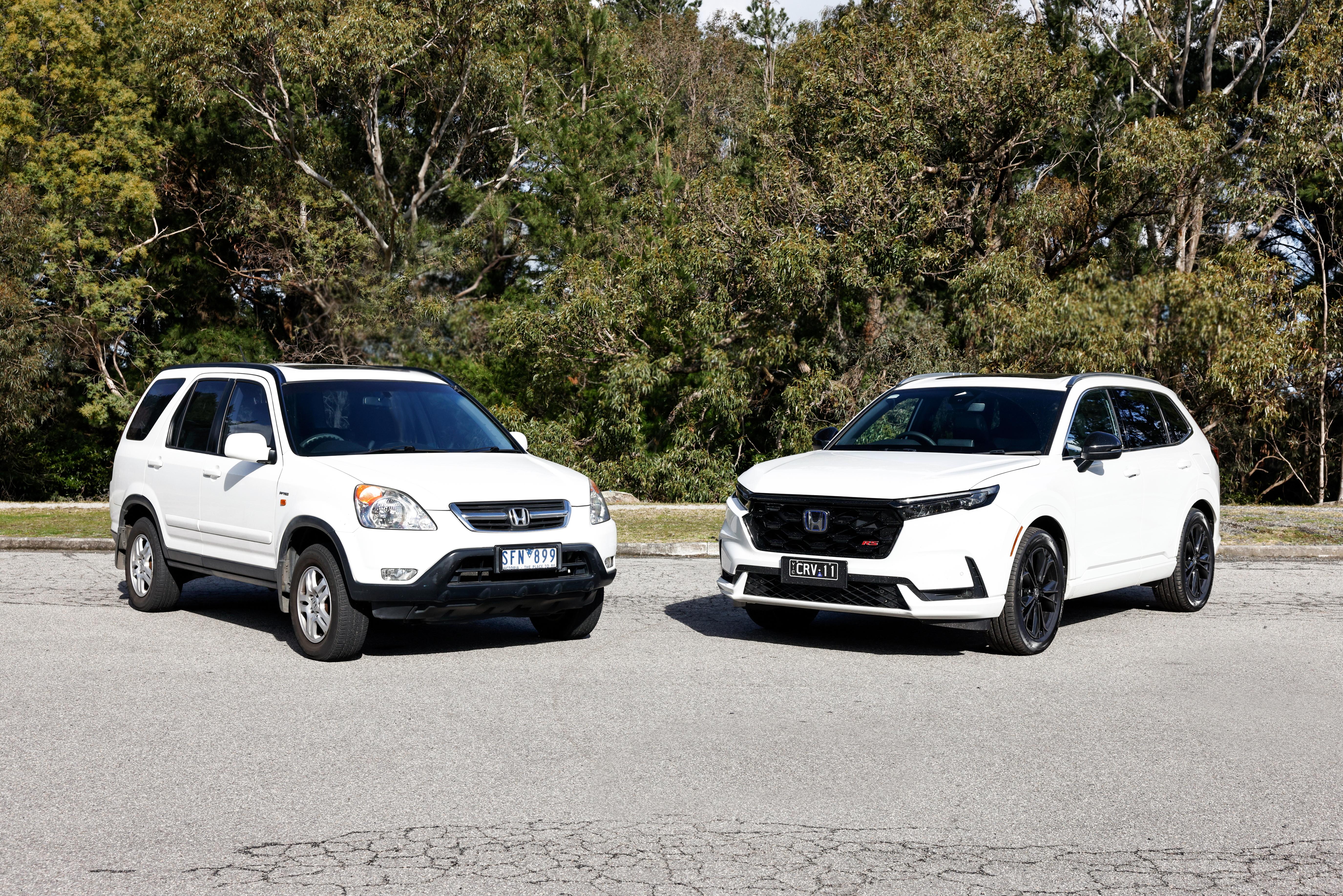
The soft-roader revolution we know today really boomed after the arrival of cars like the Toyota RAV4, Subaru Forester and the Honda CR-V, which this month celebrates its 30 anniversary.
So, let’s take a drive down memory lane and see what’s changed – and what remains the same – with Honda’s most popular model of the 21 century.
1995 – First-generation Honda CR-V
Honda was one of the early pioneers of the mid-size SUV segment when it revealed the first CR-V in Japan in October 1995.
It was a landmark car for the brand that not only set the foundations for its SUV-centric lineup today, but also broke a few rules along the way – including busting out of the Japanese government’s compact car regulations which, subsequently, slapped domestic buyers with a more expensive annual road tax fee.
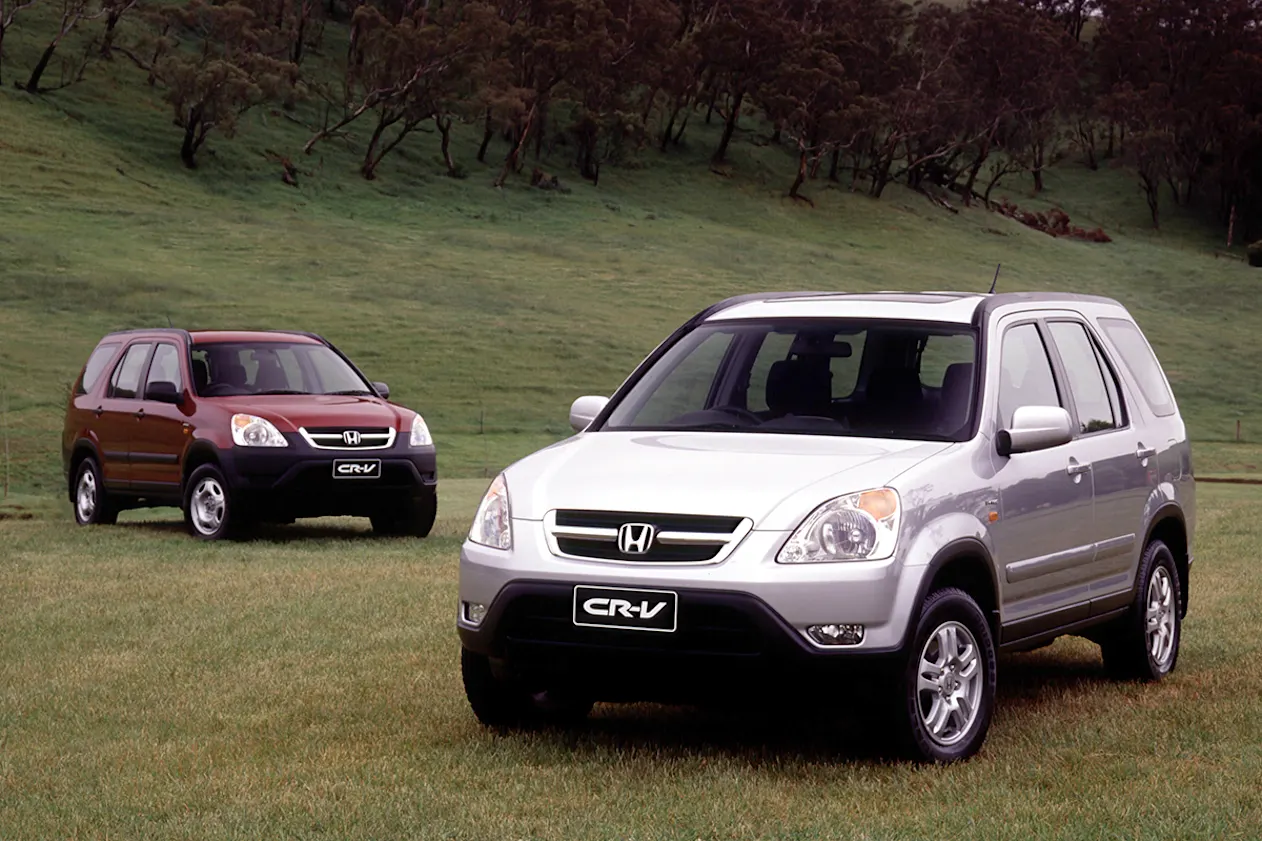
Despite that, the CR-V was an immediate sales success thanks to its car-like driving character, generous interior space and thoughtful family-friendly features, including a built-in picnic table in the rear cargo area.
The original CR-V, which is an acronym for Compact Recreational Vehicle, was based on the then-current fourth-generation Civic platform, incorporating a unique double-wishbone front suspension setup and power from the largest version of the company’s venerable B-Series engine, a 2.0-litre four-cylinder with non-VTEC cylinder-heads that produced 94kW of power and 180Nm of torque.
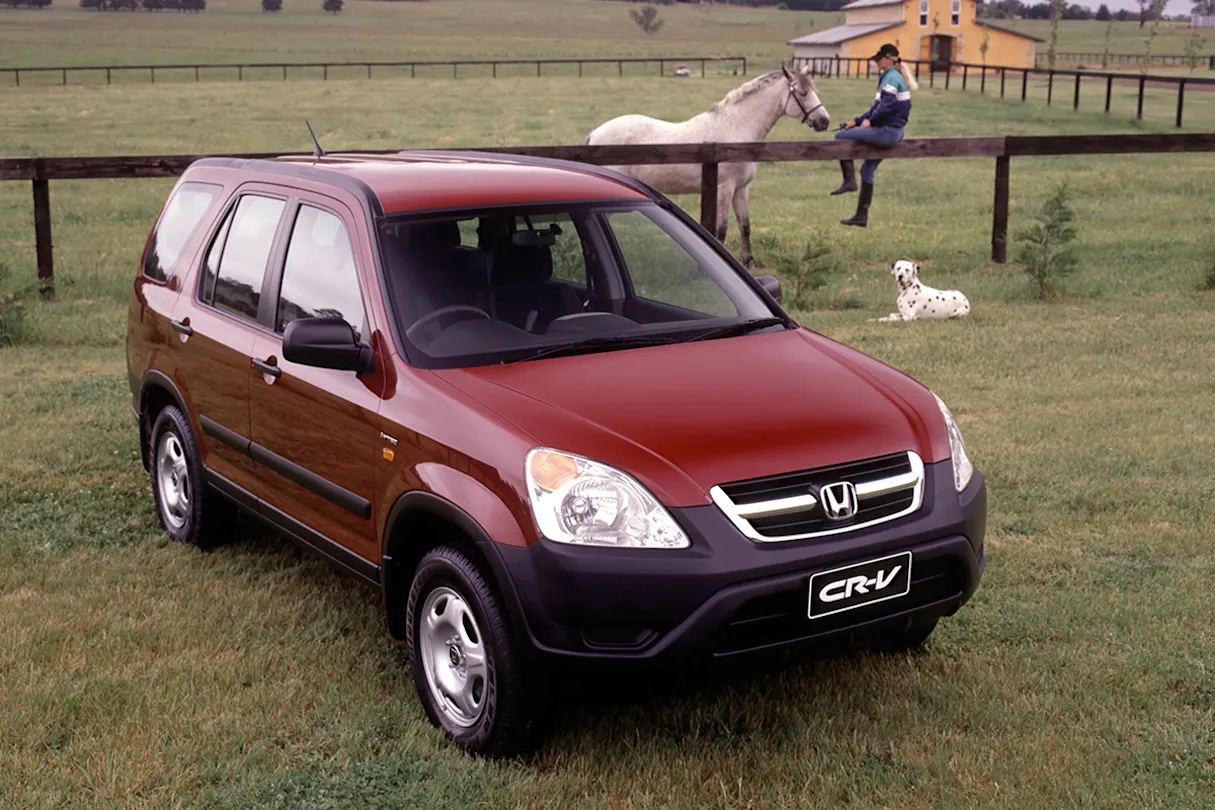
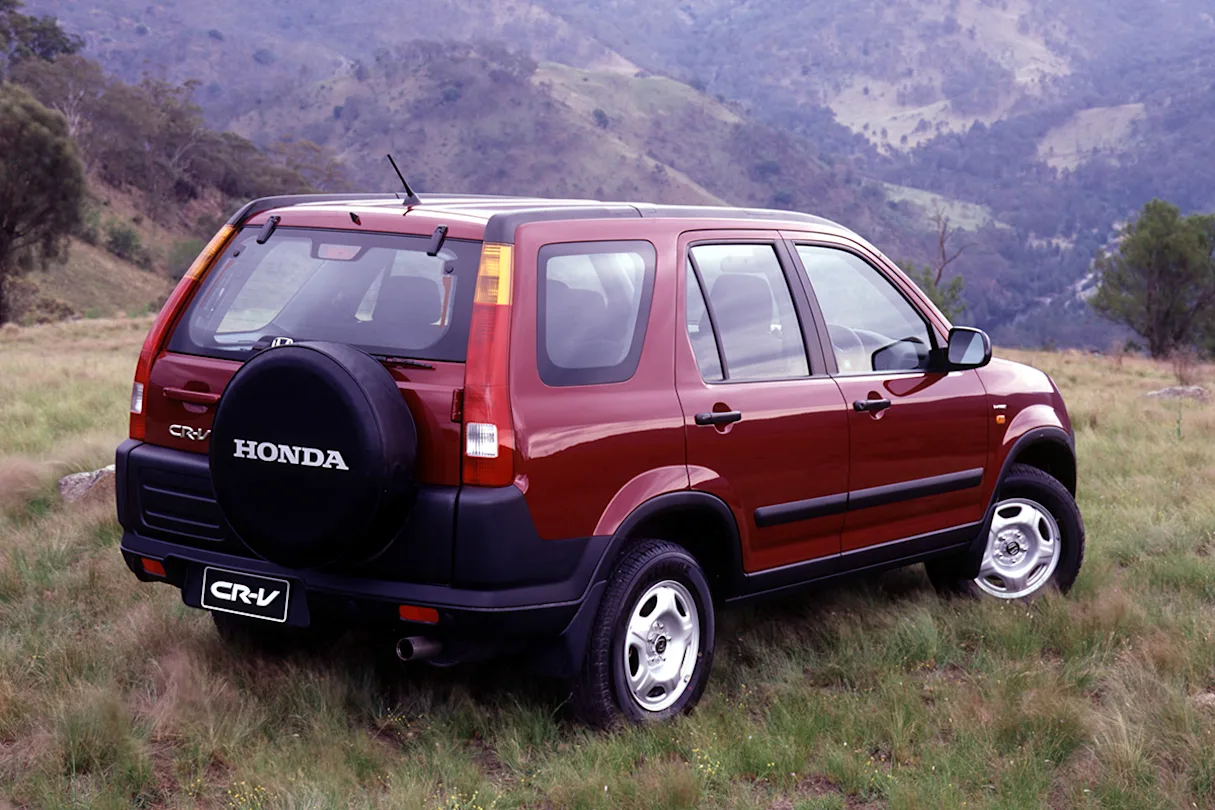
It was offered in Japan and the USA with a five-speed manual matched to either front- or all-wheel drive, or to a four-speed automatic with all-wheel drive only.
The first CR-V officially arrived in Australian showrooms in 1997, in line with the model’s mid-cycle facelift, which brought with it revised front and rear bumpers and an upgraded engine that now delivered 108kW without any penalty to fuel consumption.
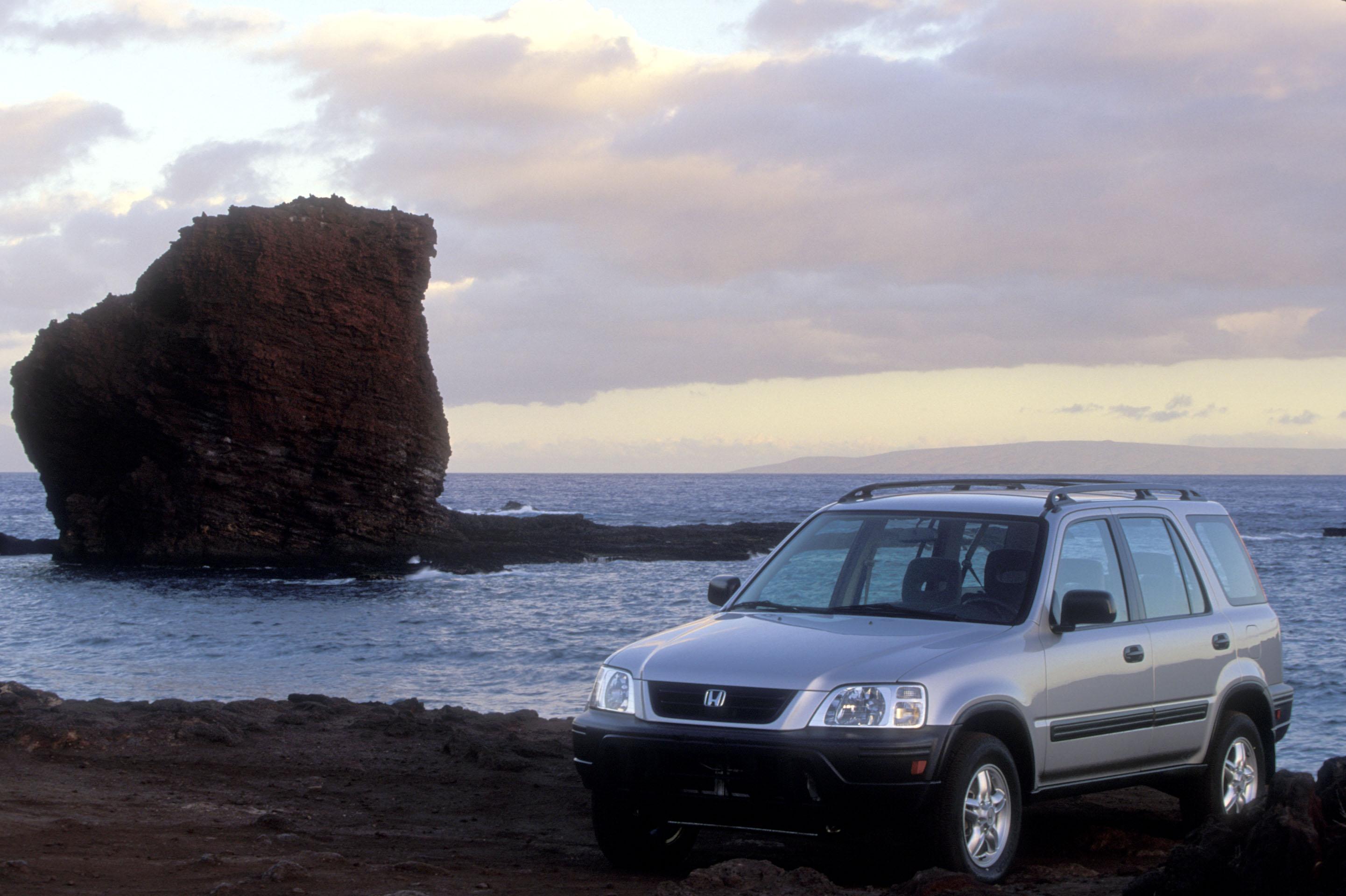
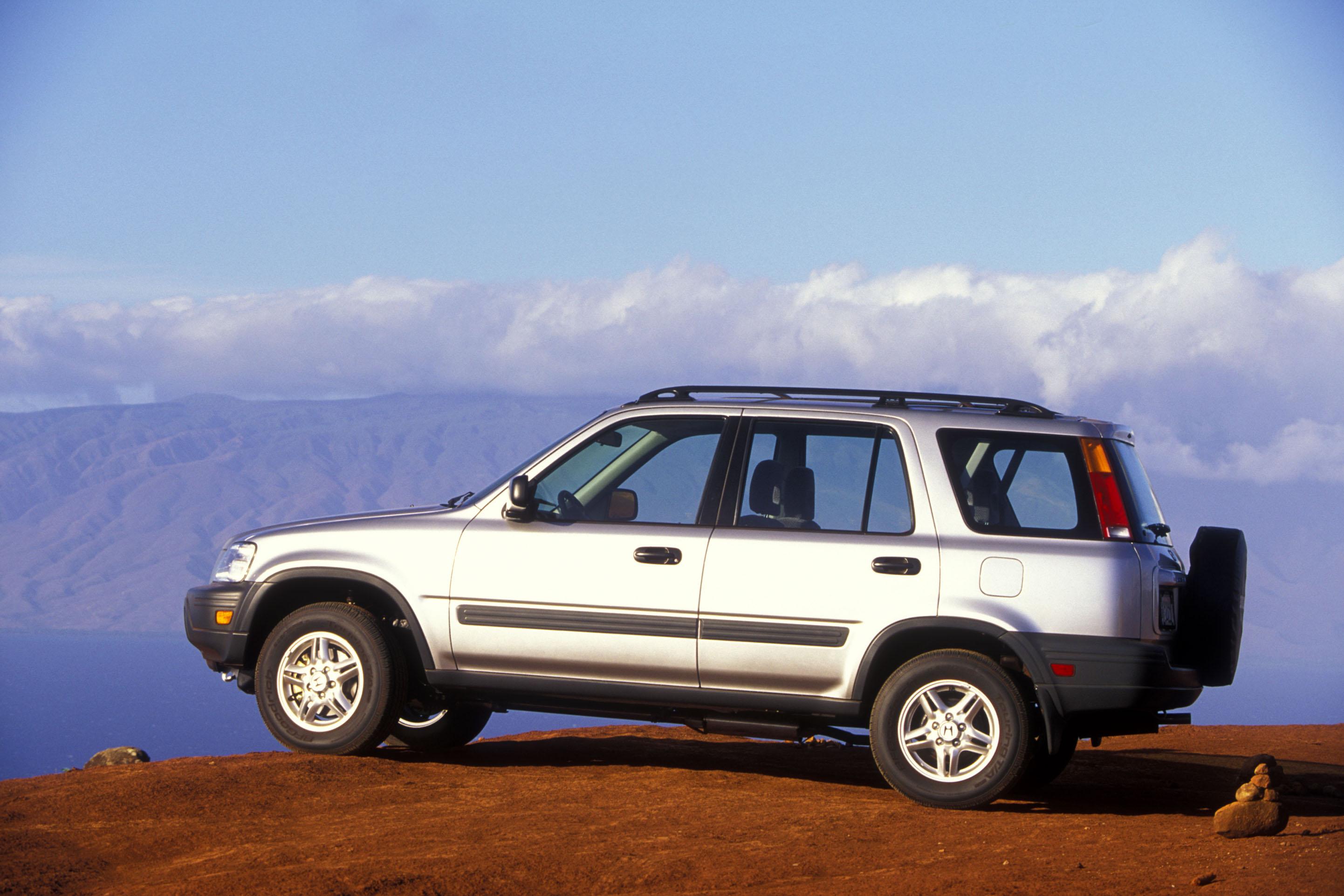
The CR-V was initially offered here in two model grades – base and Sport – both exclusively with all-wheel drive but with the option of either manual or automatic gearboxes.
The base model featured steel wheels and unpainted bumpers, while the Sport variant ran on 16-inch alloys and had body-coloured bumpers, a hard cover for the spare wheel mounted on the side-hinged tailgate, and anti-lock brakes as standard.
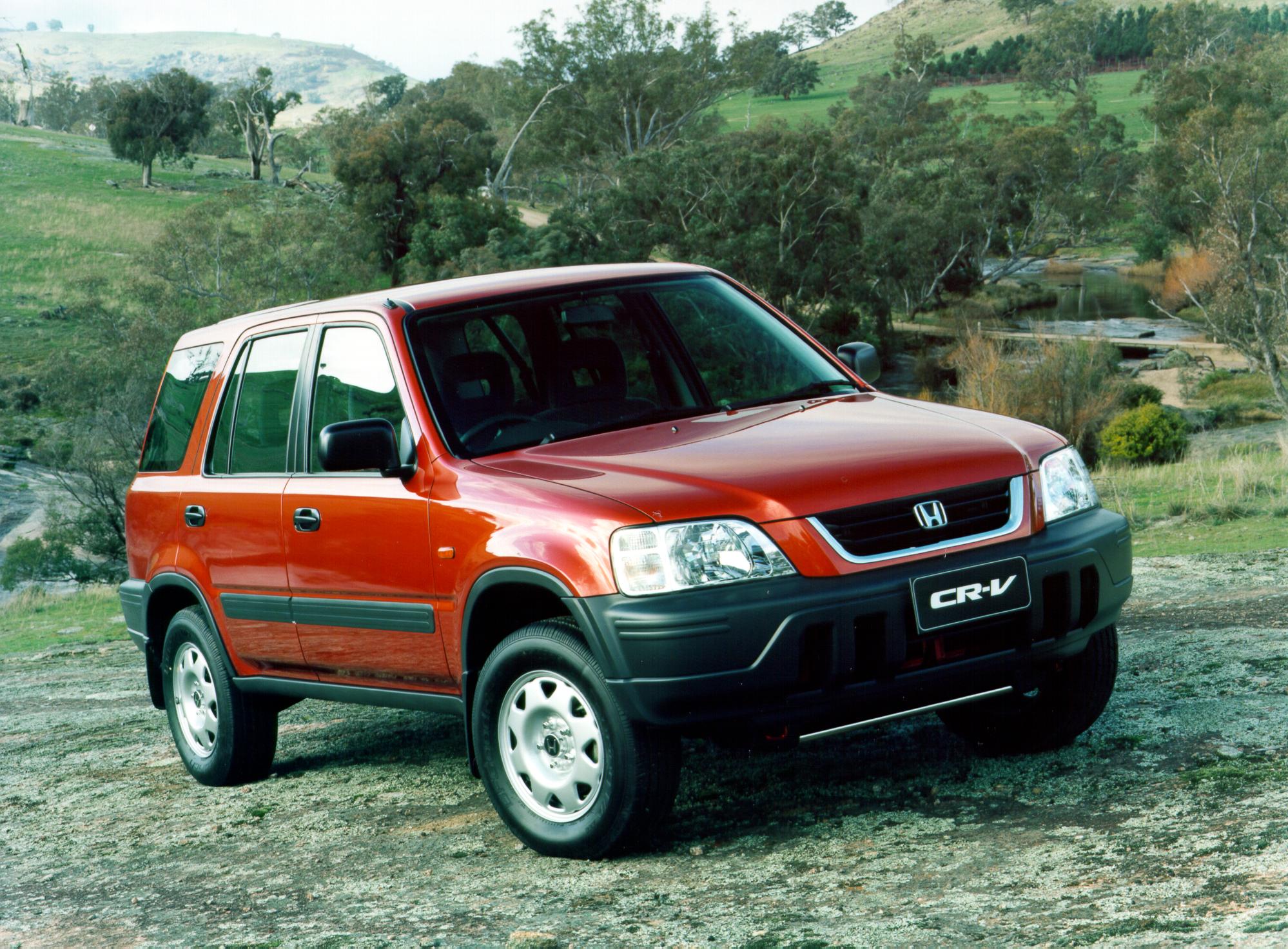
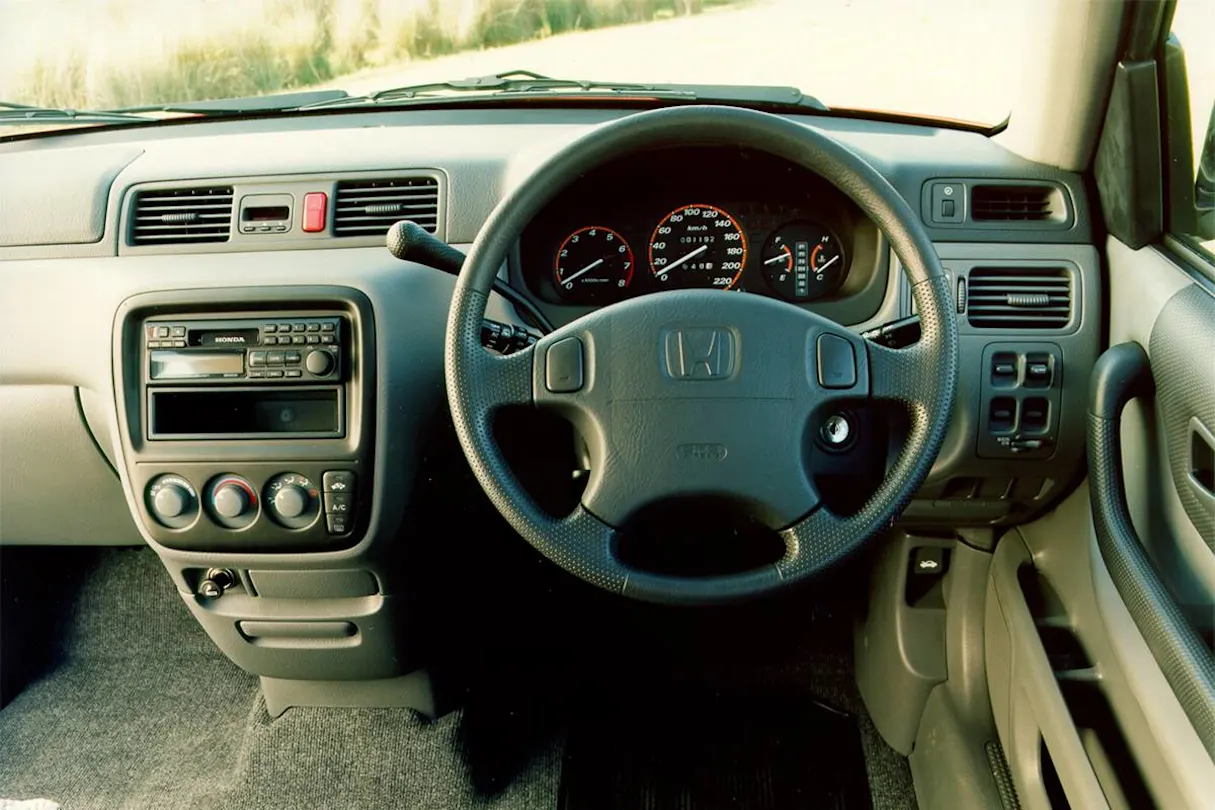
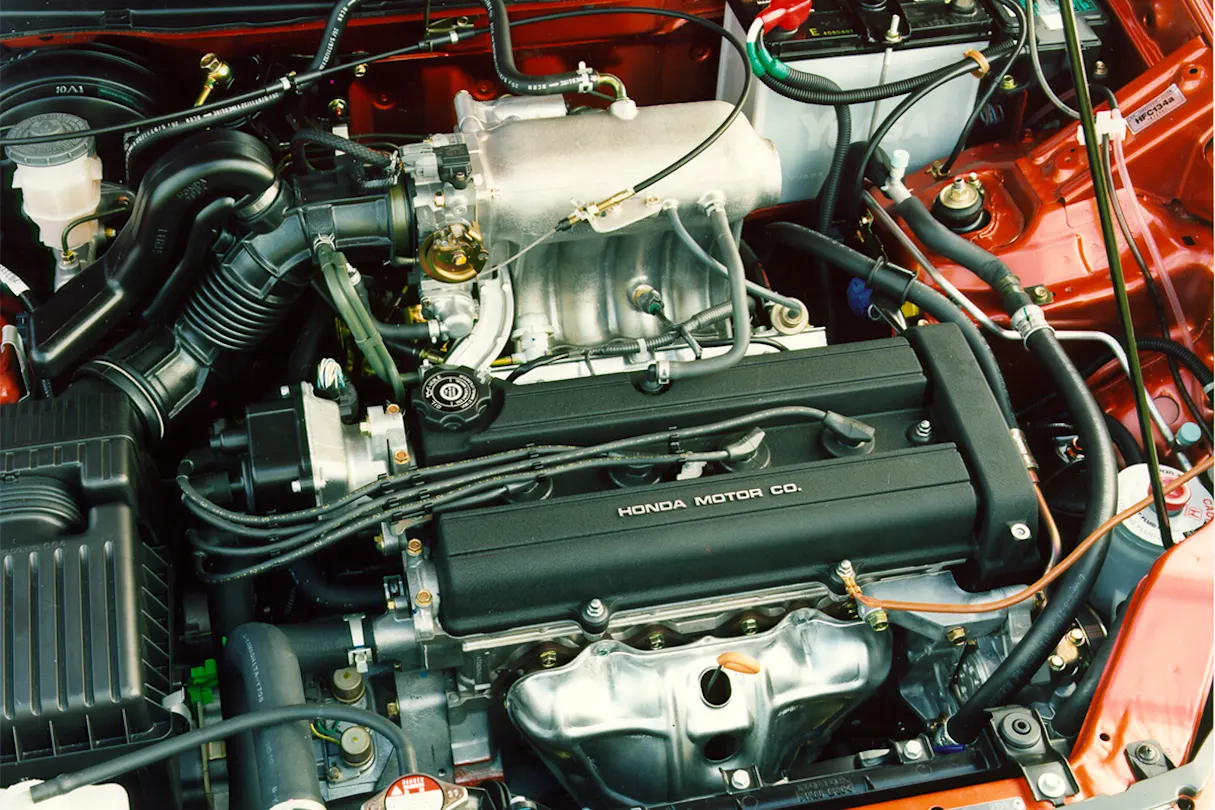
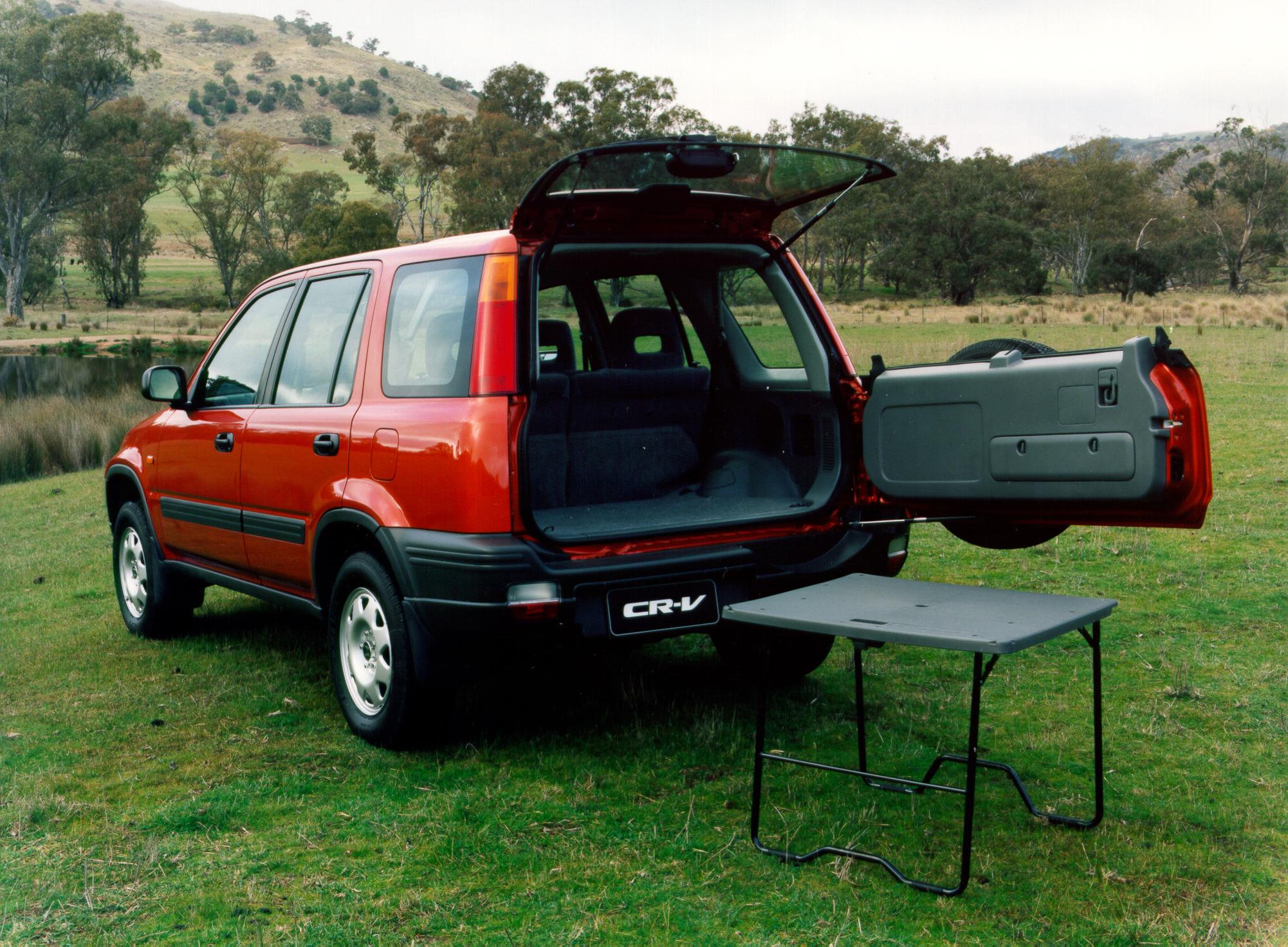
Prices started at $29,950 for the entry-level manual and topped out at $35,950 for the Sport auto.
In its first full year on sale here, the CR-V became Australia’s most popular SUV.
2001 – Second-generation Honda CR-V
Following the successful introduction of its first-gen CR-V, Honda refined its family-focused philosophy with the second generation when it was released towards the end of 2001.
It followed largely the same formula but used more advanced underpinnings from the seventh-generation Civic as a starting point.
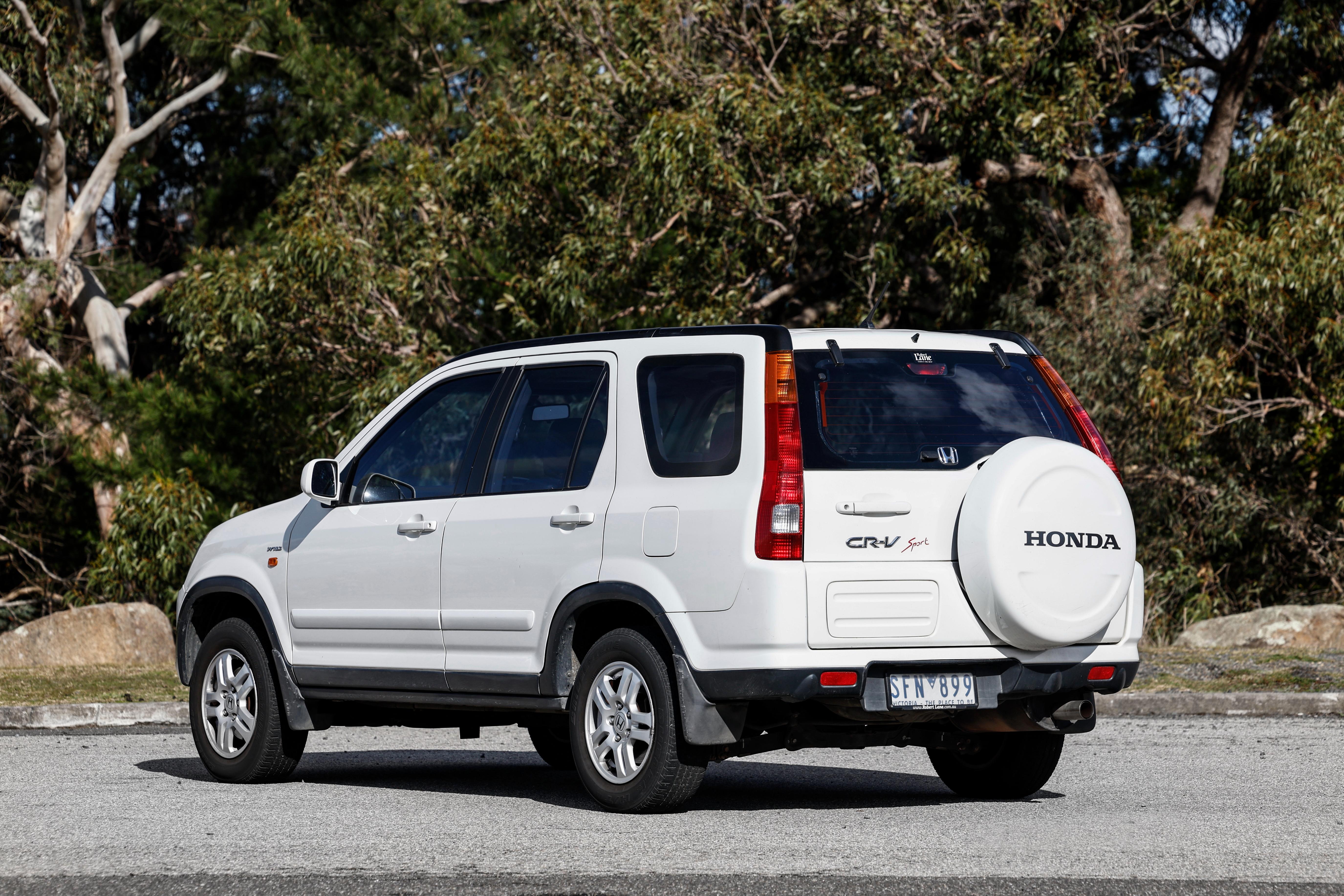
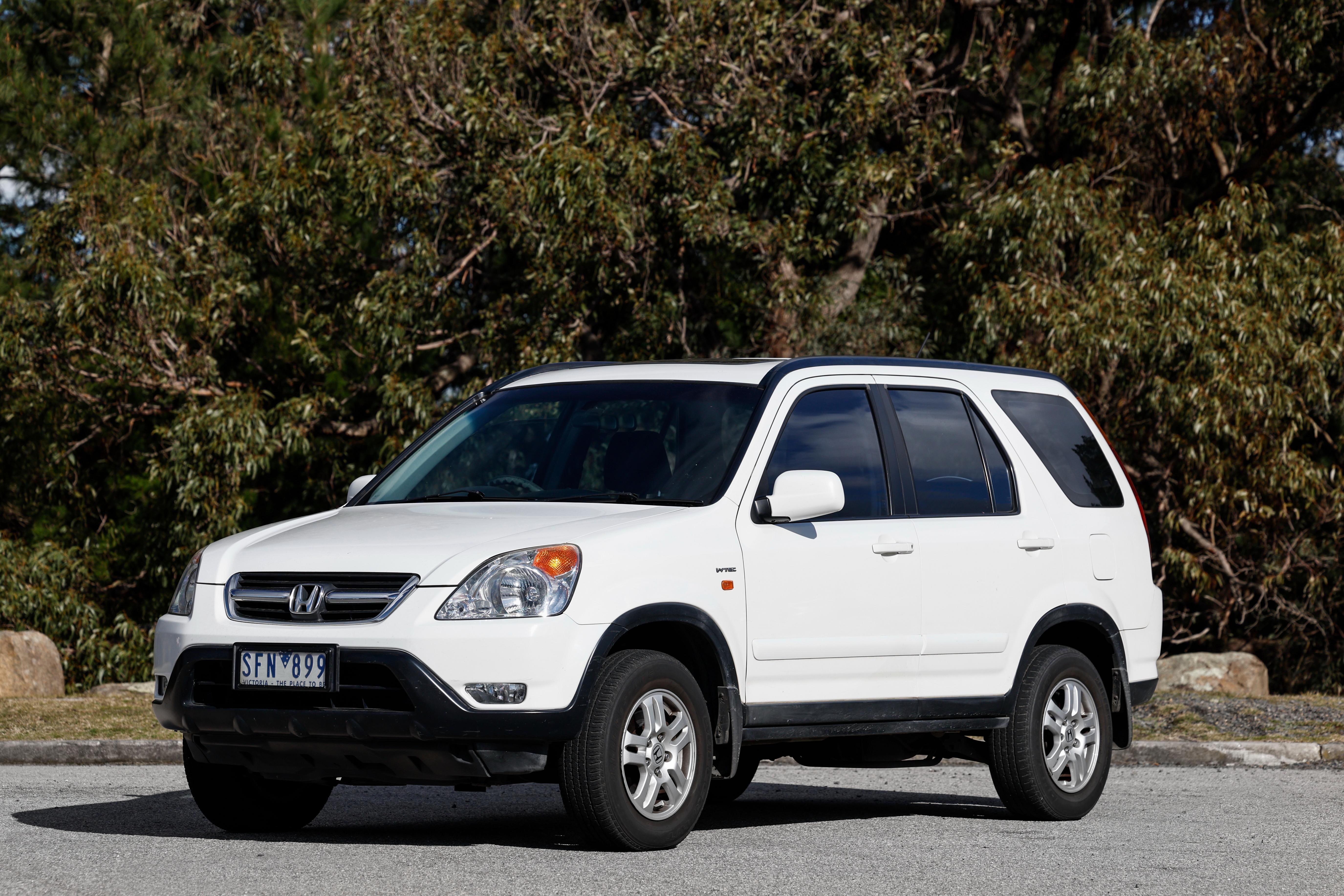
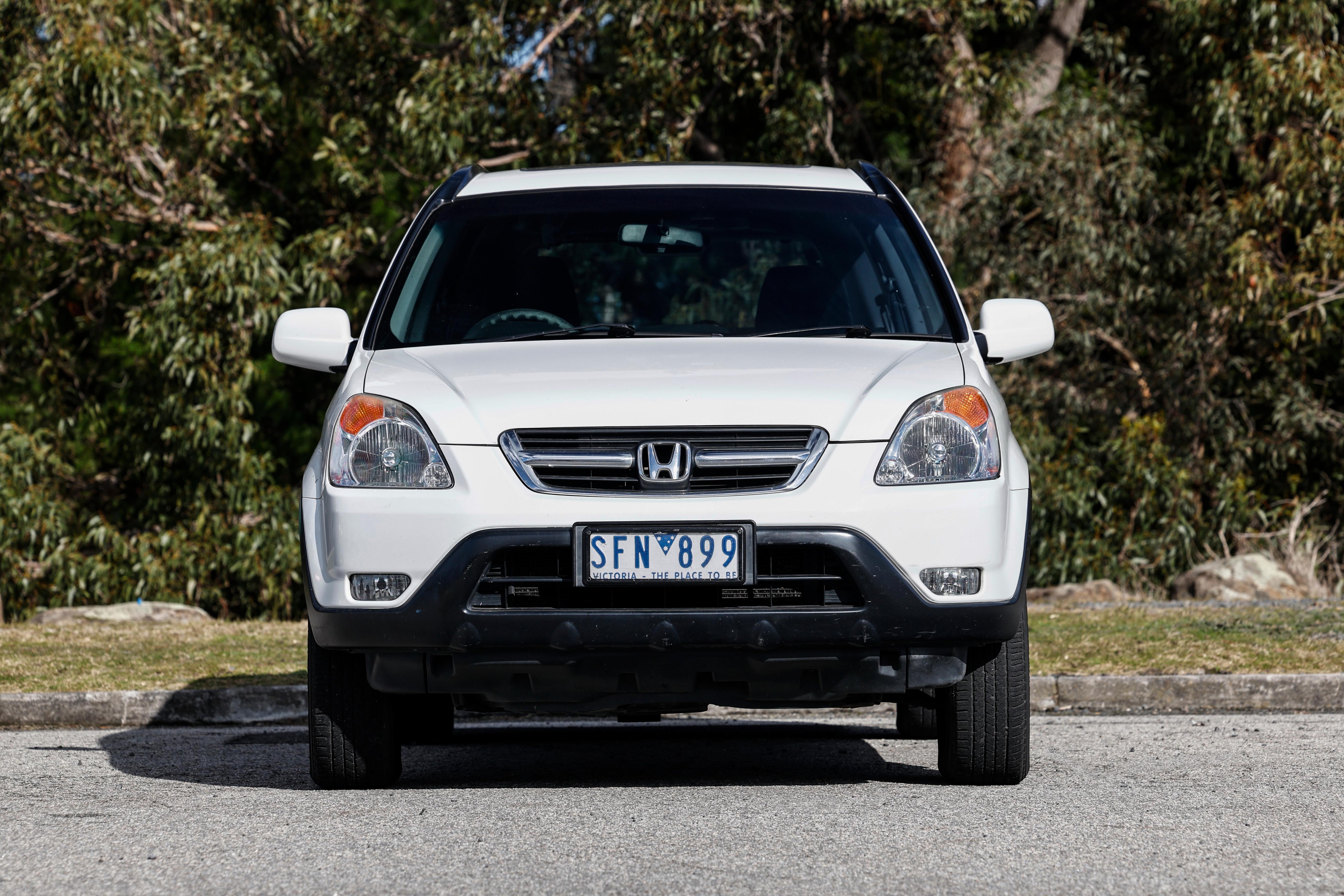
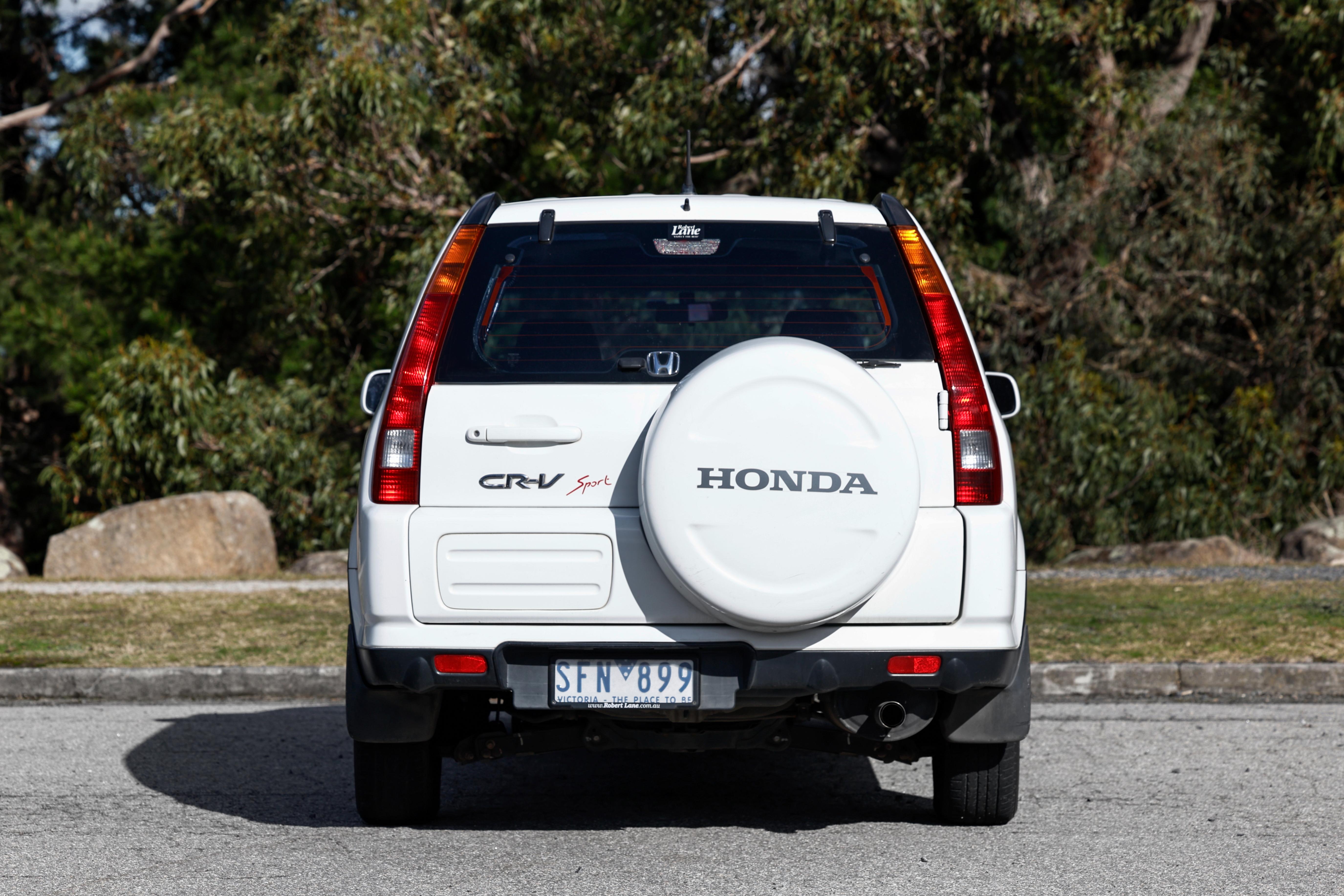
As such, the second-gen CR-V was slightly larger than its predecessor in every dimension and featured a larger-capacity 2.4-litre four-cylinder engine fitted with the company’s groundbreaking i-VTEC technology to produce 118kW and 220Nm.
The biggest change underneath the sleek new exterior design was the flipped suspension configuration, now comprising a more conventional MacPherson front strut and a double-wishbone rear-end setup, providing packaging benefits to create even more space for rear seat occupants and cargo carrying capacity in the boot.
Also, anti-lock brakes became standard fitment across the range.
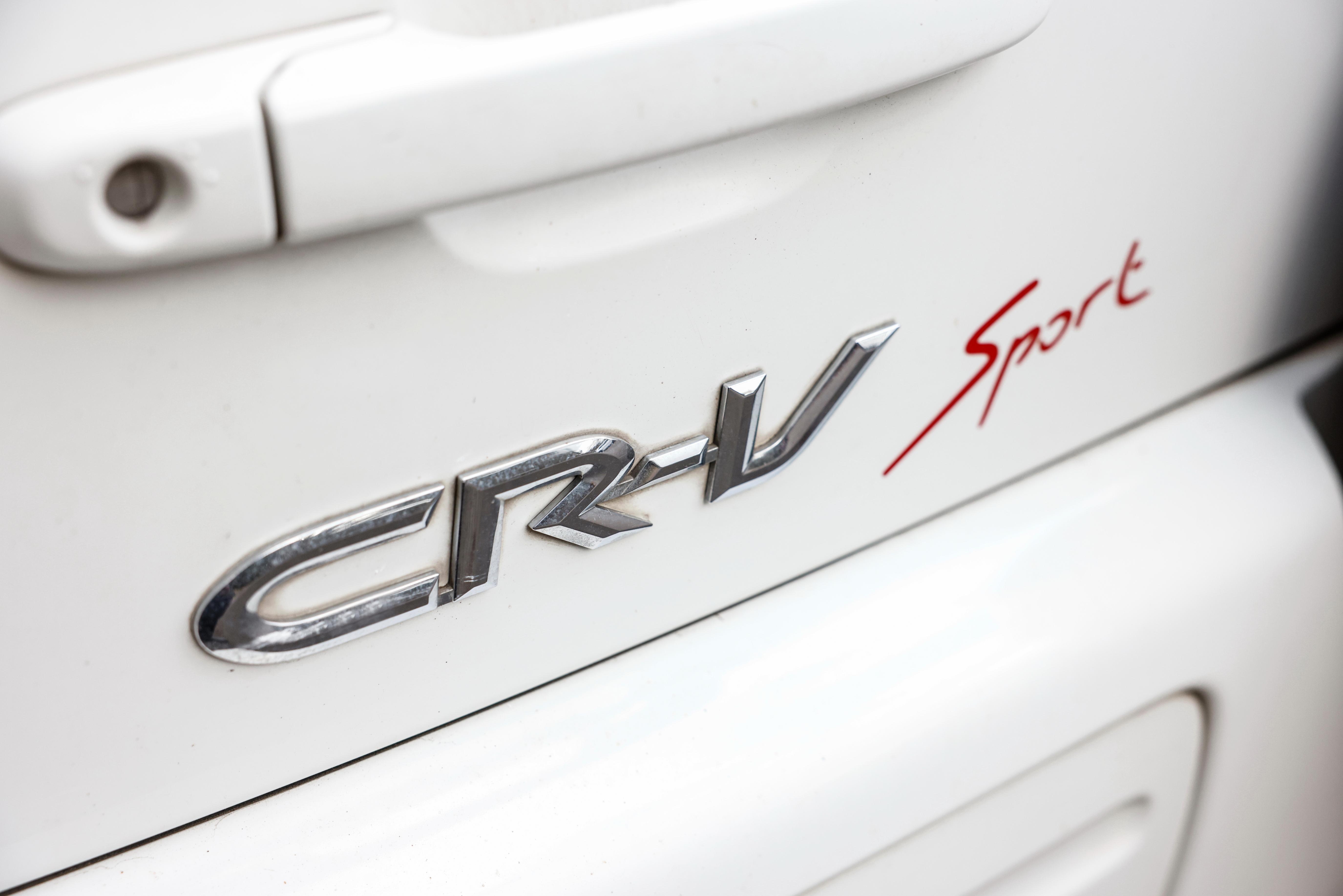
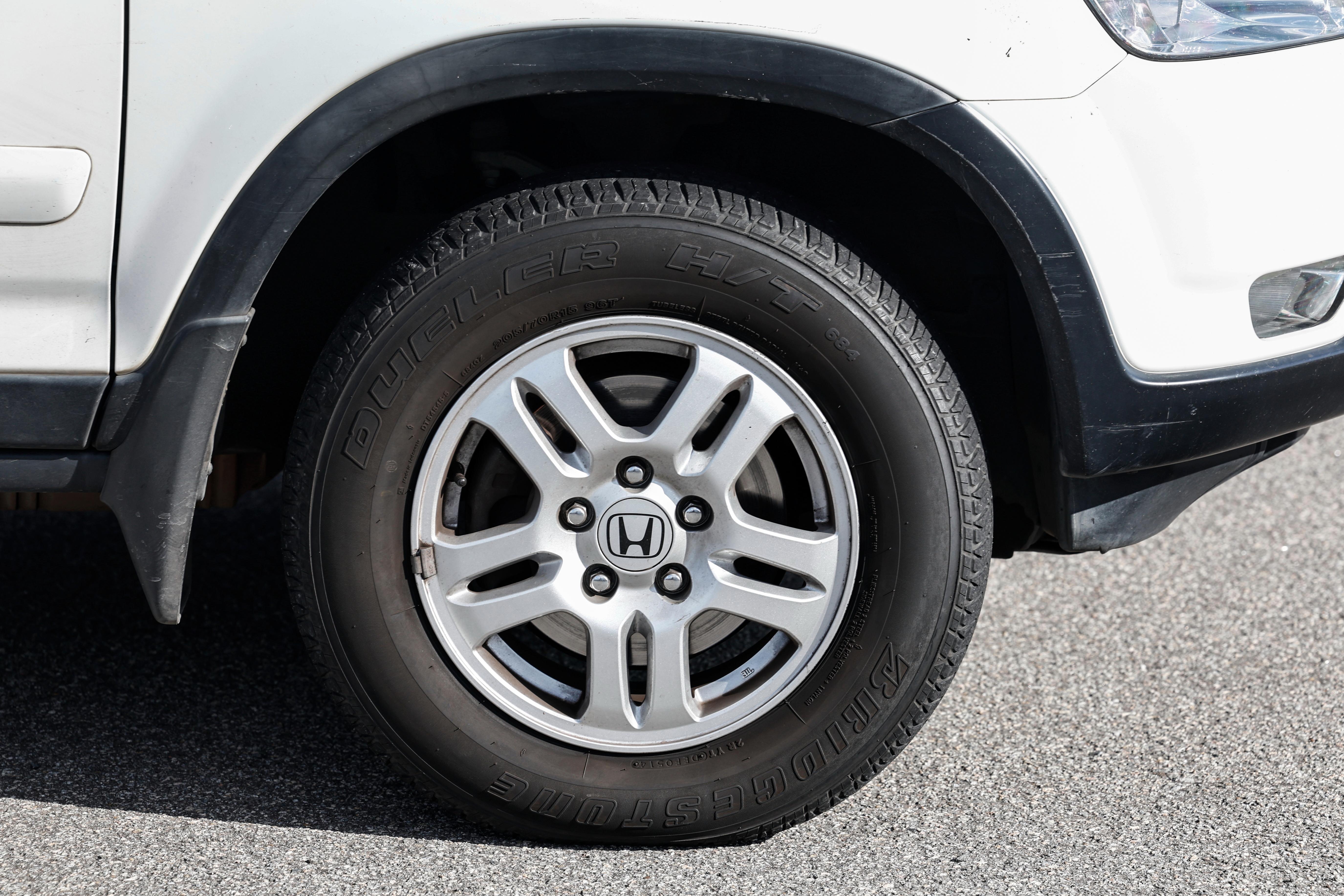
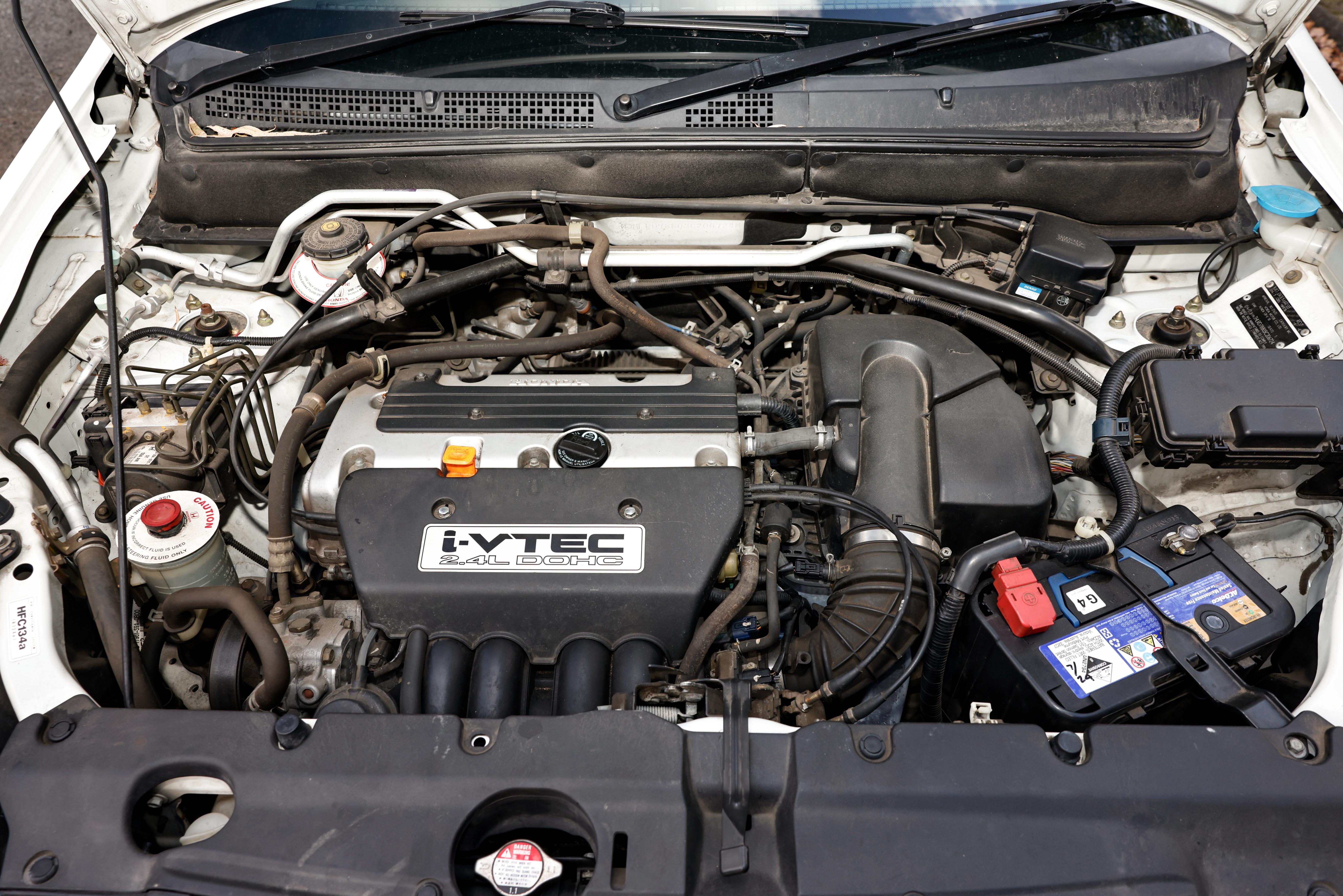
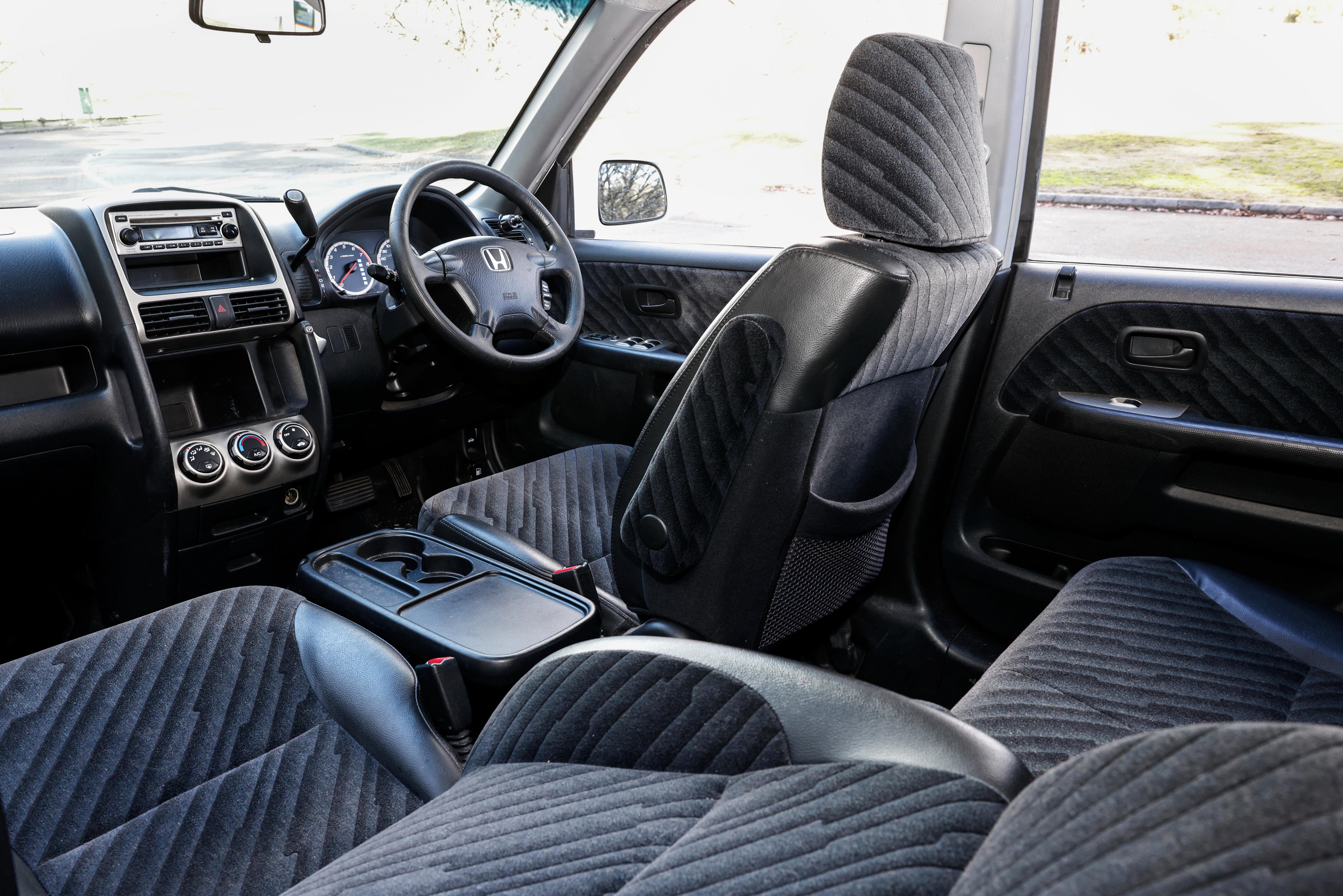
In Australia, Honda continued to offer the CR-V in base and Sport variants, both with all-wheel drive and the option of either a five-speed manual or four-speed auto. Prices ranged from $31,990 for the base manual to $38,490 for the Sport auto.
The second-generation CR-V was facelifted in 2004 with new look and larger 16-inch alloy wheels for Sport variants, plus revisions to the front grille and bumper, and the headlights and tail-lights.
Again, the CR-V was Australia’s most popular SUV after its first full year on sale in 2002.
2006 – Third-generation Honda CR-V
The third-generation Honda CR-V carried over much of its predecessor’s underpinnings but featured an all-new exterior design that was shorter in overall length but slightly wider. There was also a change of manufacturing from Japan to Thailand for Australian models.
The change in overall length was primarily due to the adoption of a now-conventional liftback tailgate, replacing the side-hinged swing door of the first two versions. Subsequently, the spare wheel was also moved from the exterior and hidden underneath the boot floor.
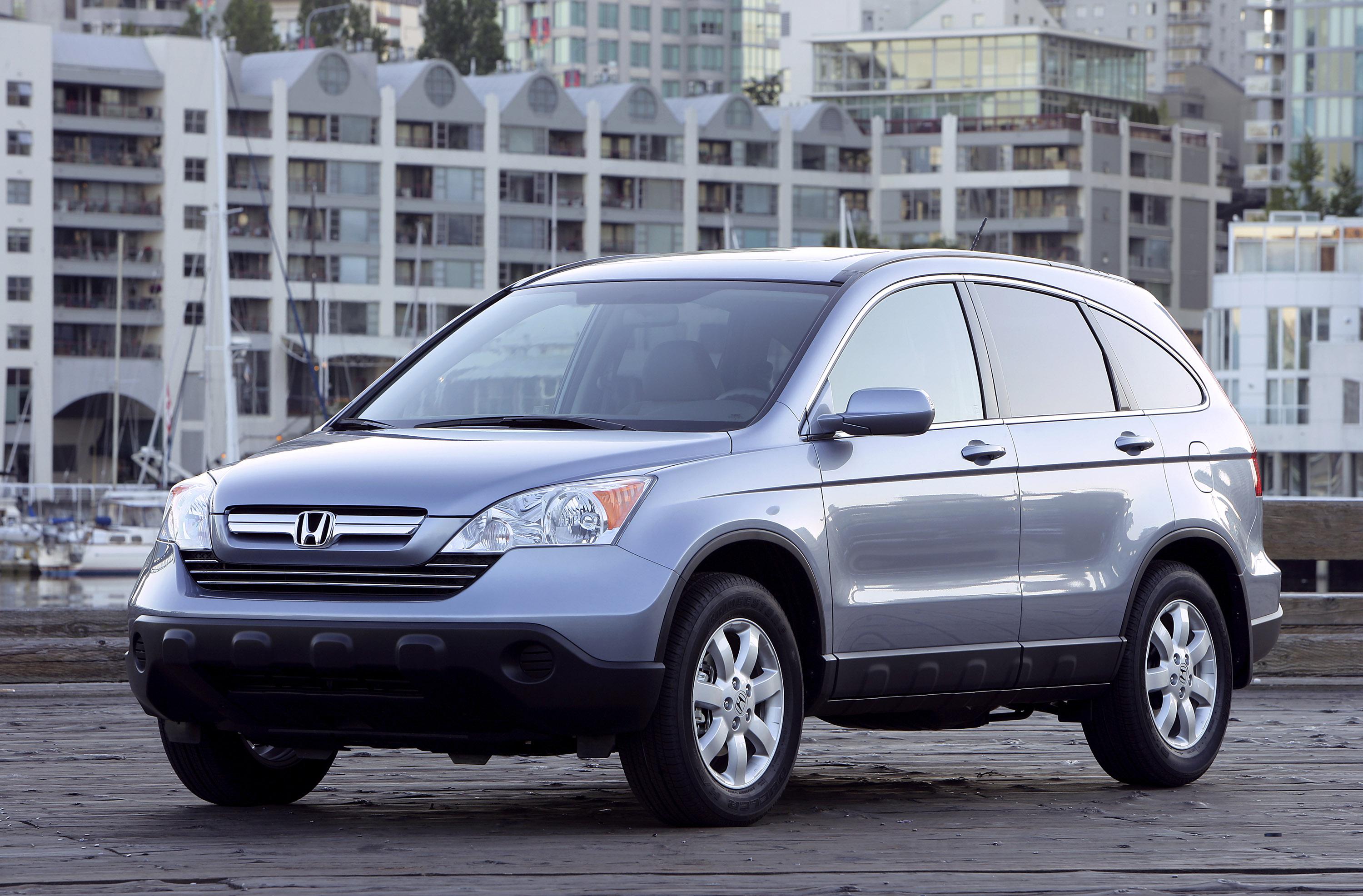
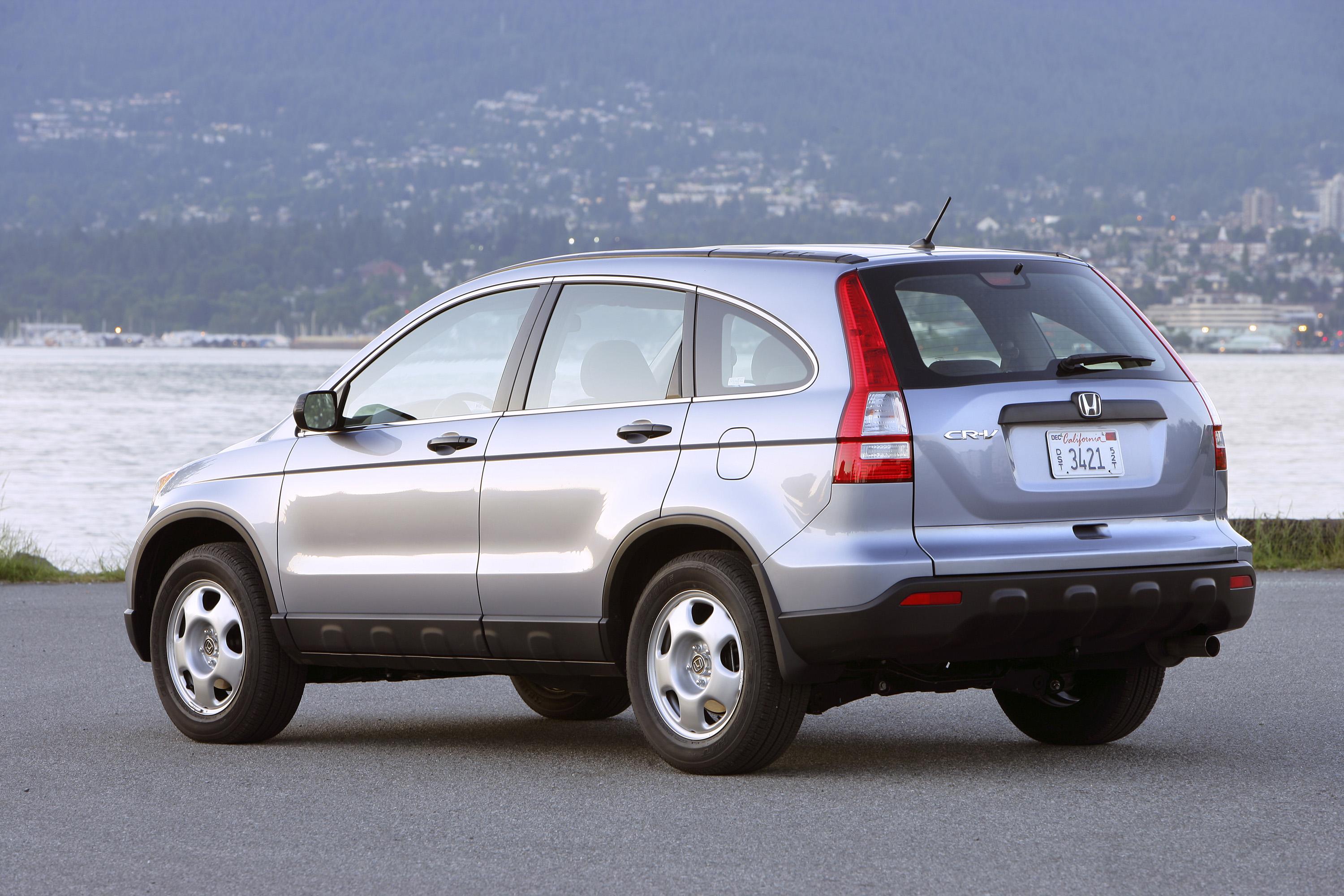
The third-gen CR-V arrived in local showrooms at the beginning of 2007 and included a three-tier model lineup that added a Luxury trim above the existing base and Sport variants.
All three were powered by a revised version of the K24Z1 2.4-litre naturally aspirated four-cylinder that now produced 125kW and 218Nm. The CR-V continued to be exclusively all-wheel drive, but with the choice of more advanced six-speed manual or five-speed automatic transmissions.
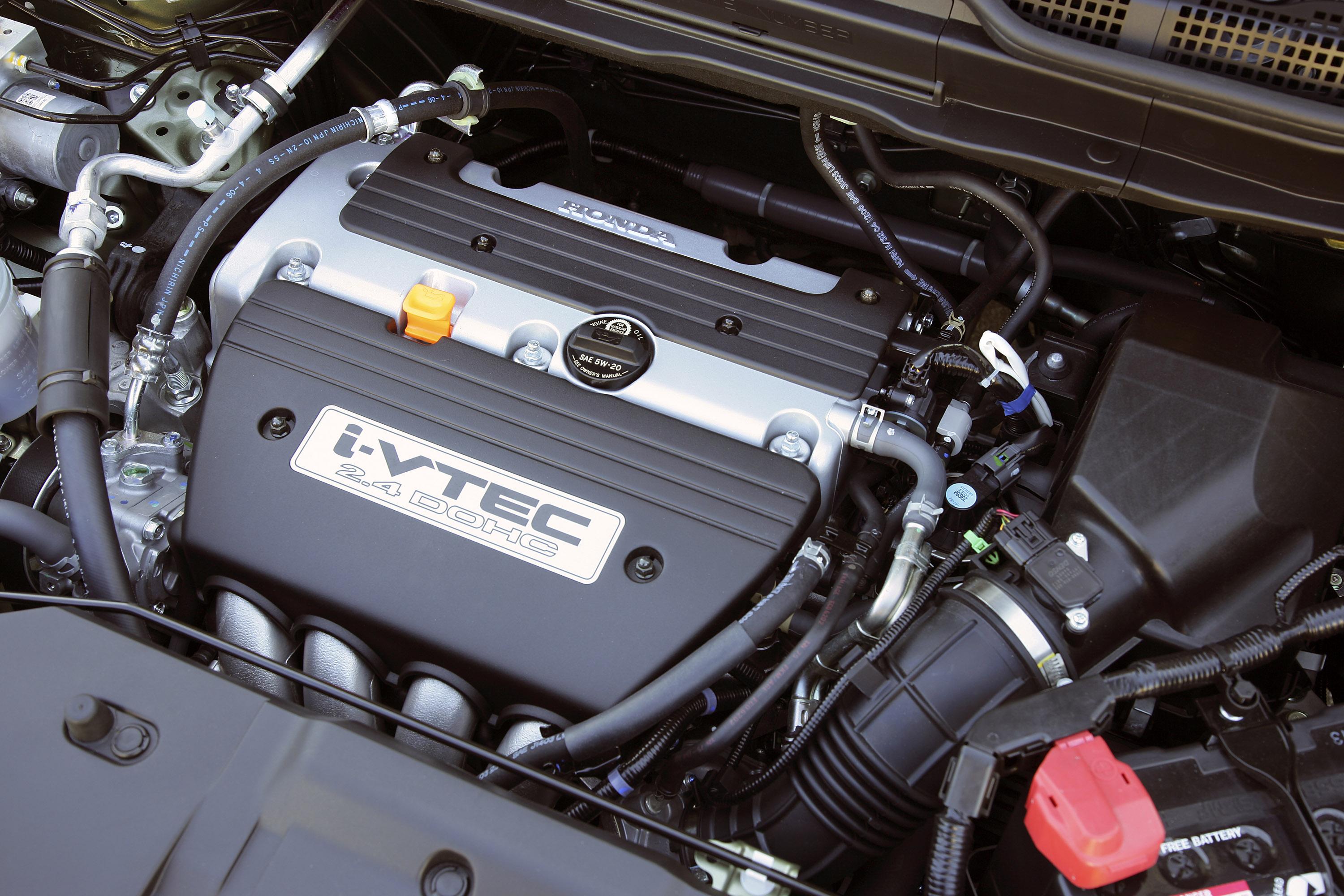
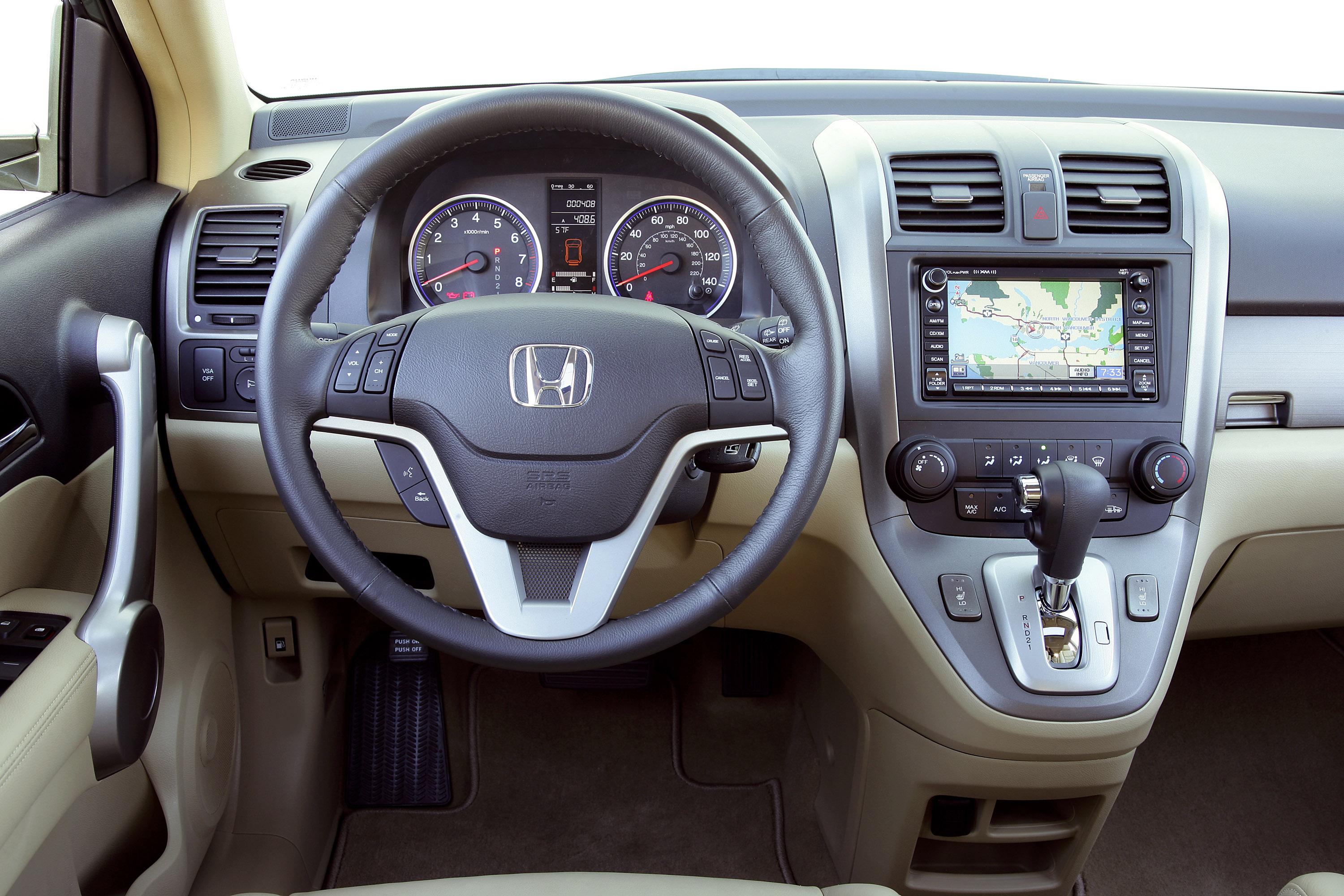
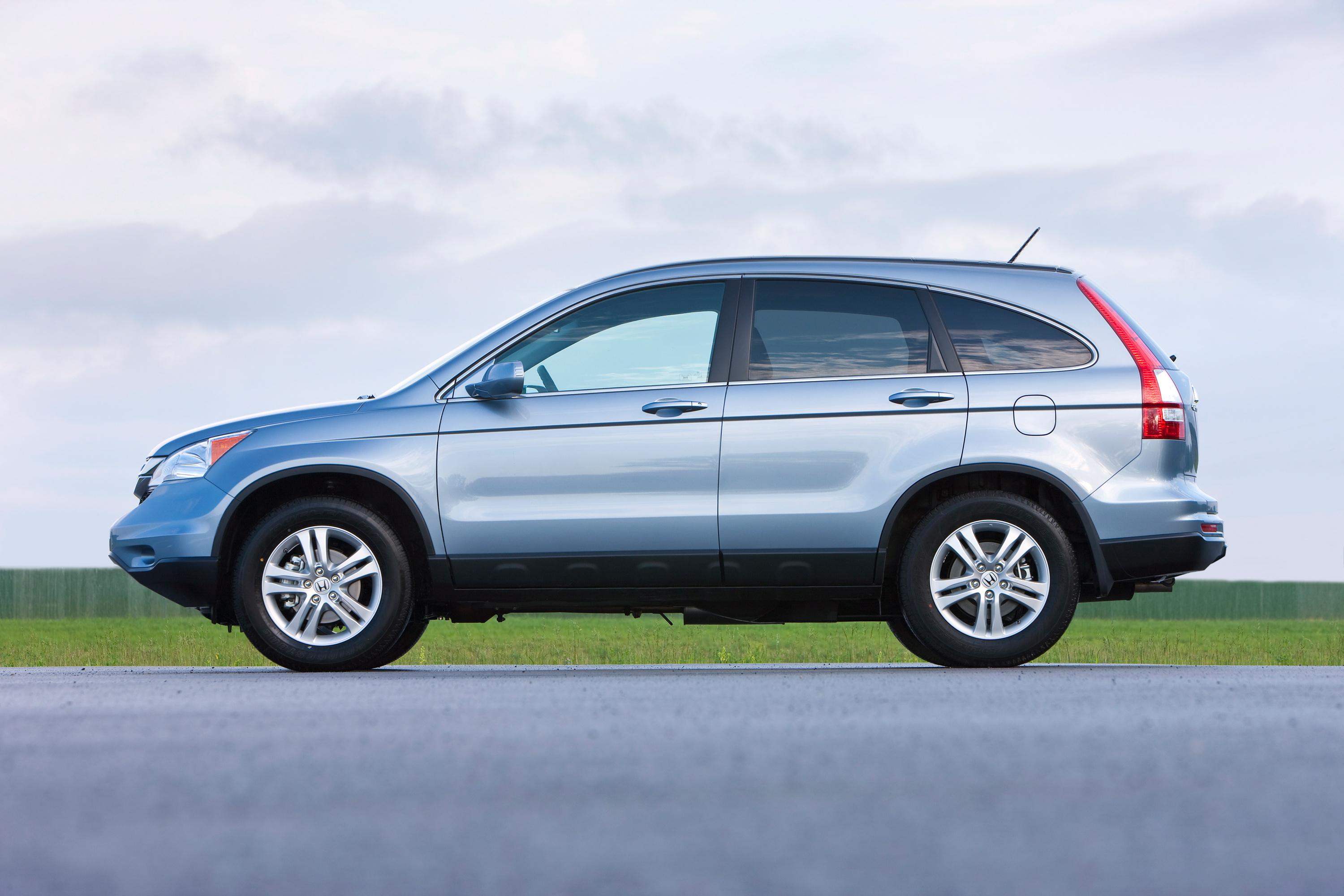
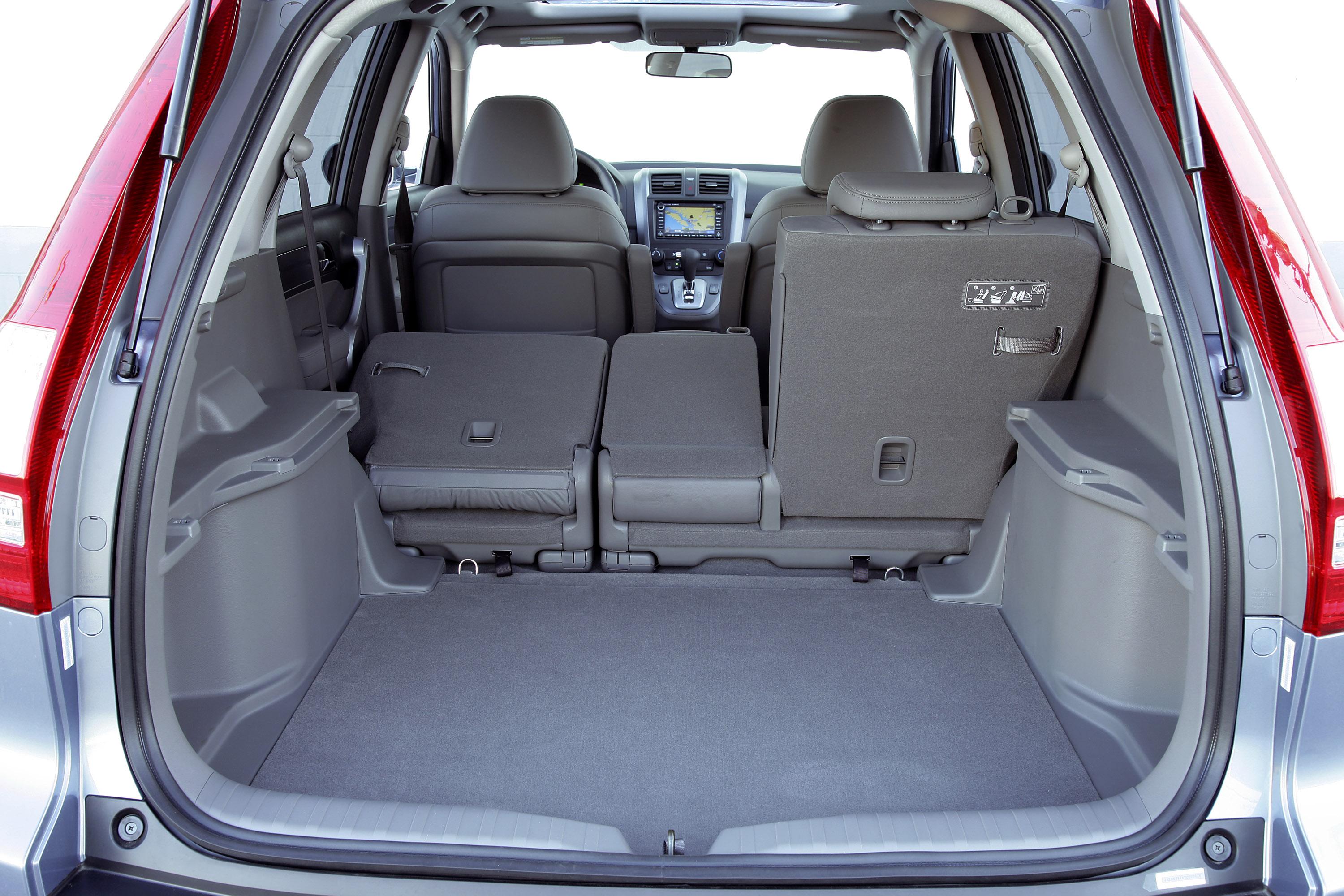
Sport and Luxury versions added side curtain airbags for front and rear seat occupants, as well as larger 17-inch alloy wheels, front fog lights, dual-zone climate control air-conditioning, a sunroof, and a six-stack CD player (remember those?).
On top of all of that, the Luxury flagship added leather trim, a power-adjustable driver’s seat, and parking sensors.
Prices ranged from $31,990 for the base manual to $41,990 for the Luxury auto.
2011 – Fourth-generation Honda CR-V
While the fourth-generation Honda CR-V carried over much of its predecessor’s basic underpinnings, it introduced the most radical changes to the nameplate since its introduction more than decade earlier.
The overall design of its exterior and interior was tidied up with an evolutionary update, while a revolution happened under the skin.
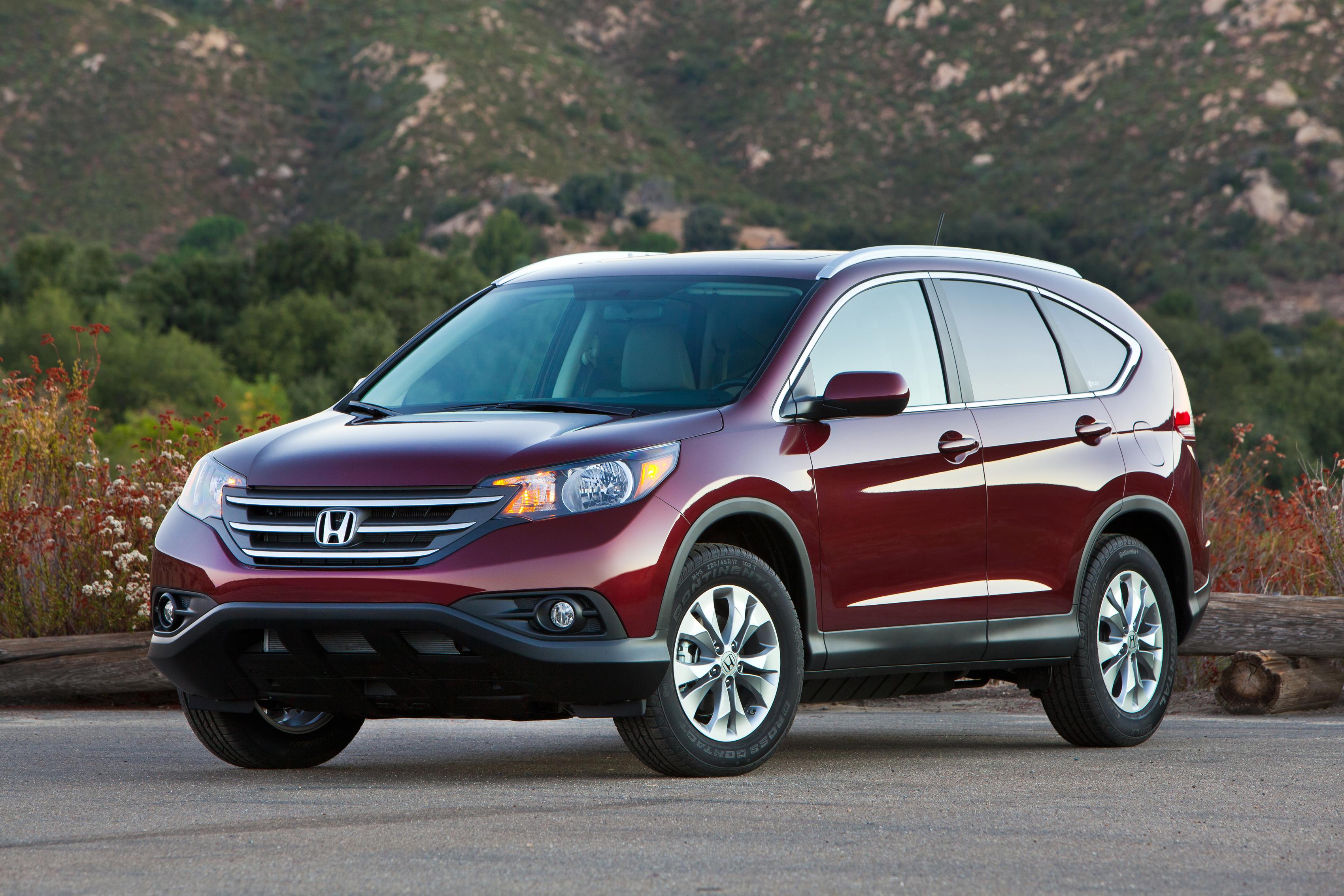
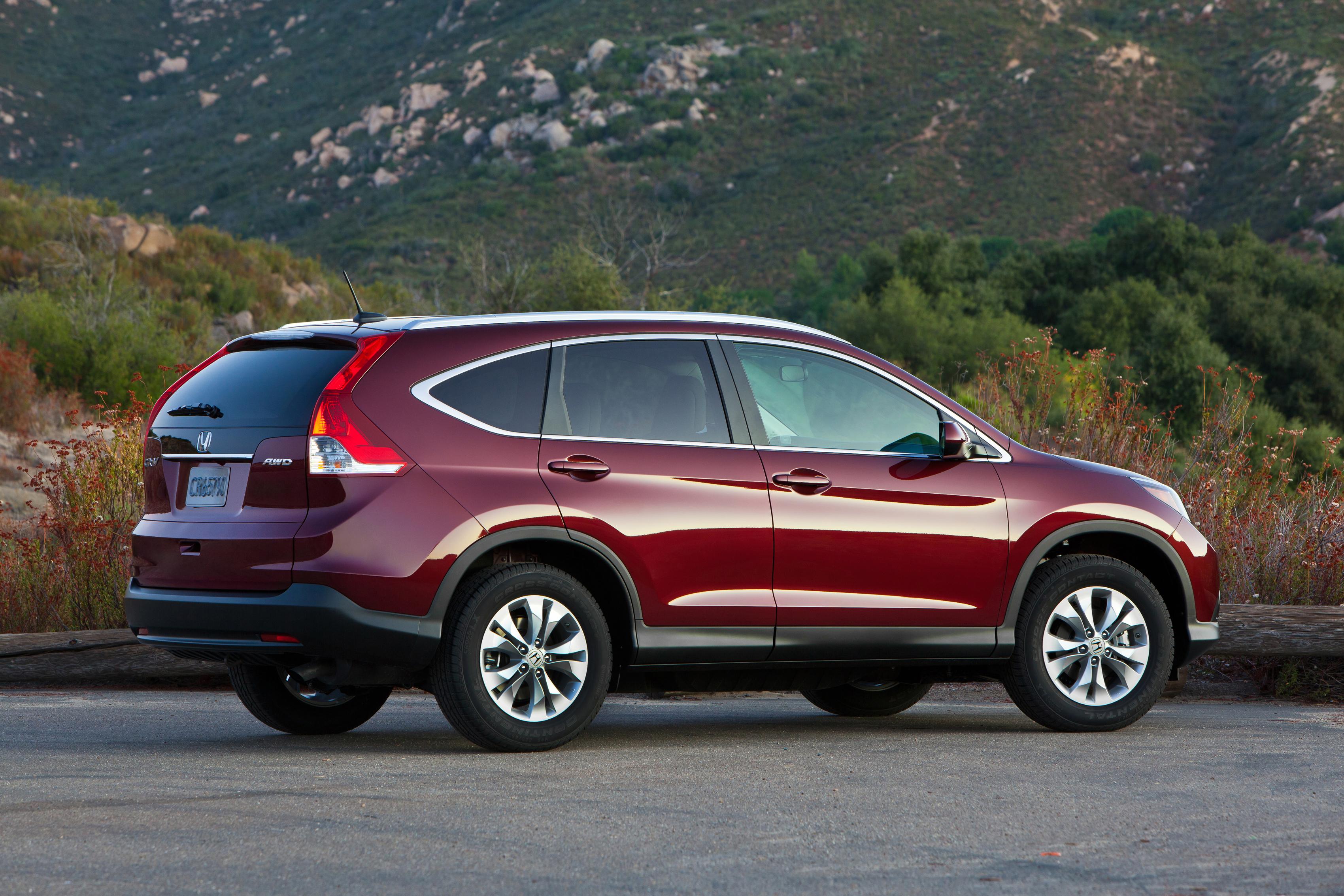
Against a rising tide of competitors now jumping on the SUV bandwagon, Honda broadened the CR-V model range with the introduction of new entry-level front-drive variants, as well as the option of a diesel powertrain.
Reflecting this, Honda Australia also devised a new naming structure, with the base grade now wearing the VTi badge while the Sport adopted the VTi-S name and the Luxury was renamed as VTi-L.
Front-wheel drive was restricted to the entry-level VTi, which was available with the choice of six-speed manual or five-speed automatic gearboxes, and powered by a single-cam 2.0-litre naturally aspirated four-cylinder that produced 114kW and 190Nm.
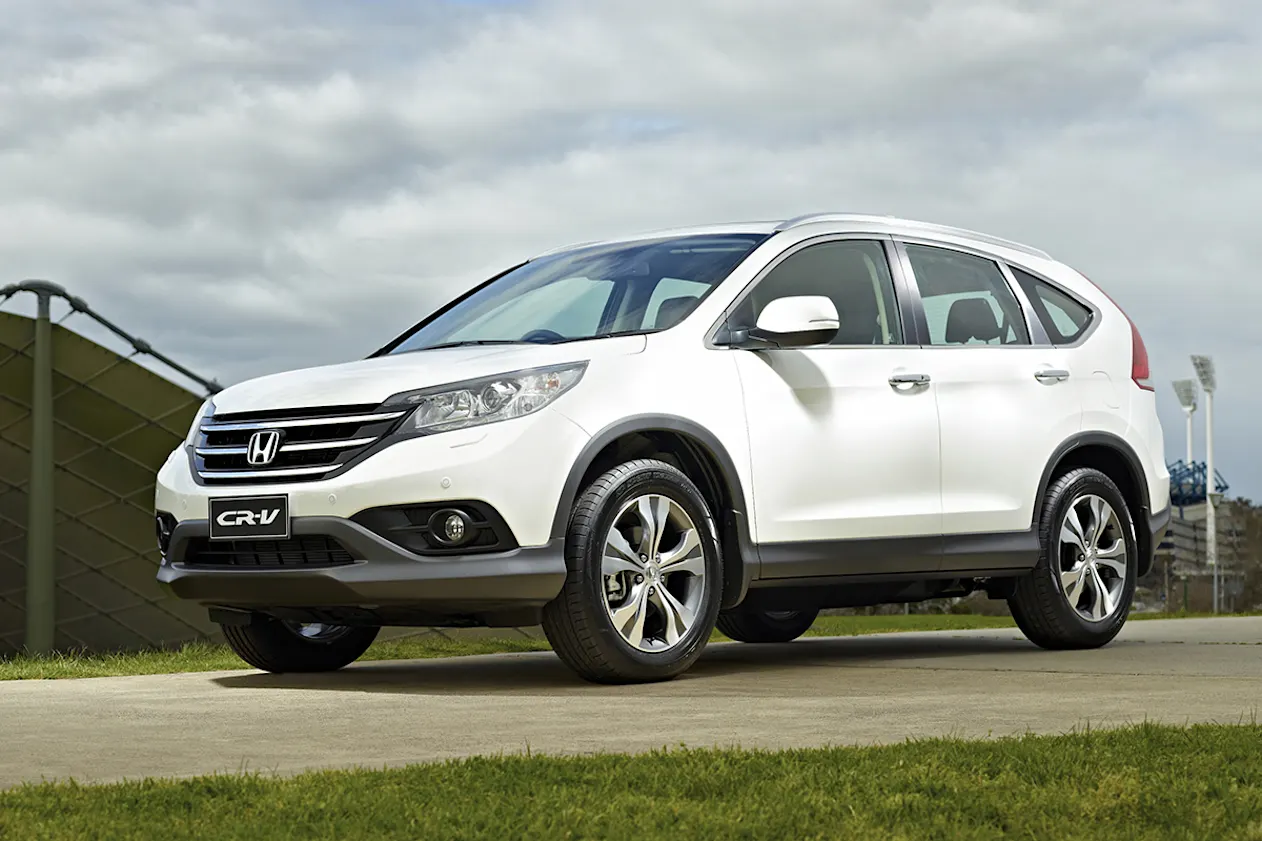
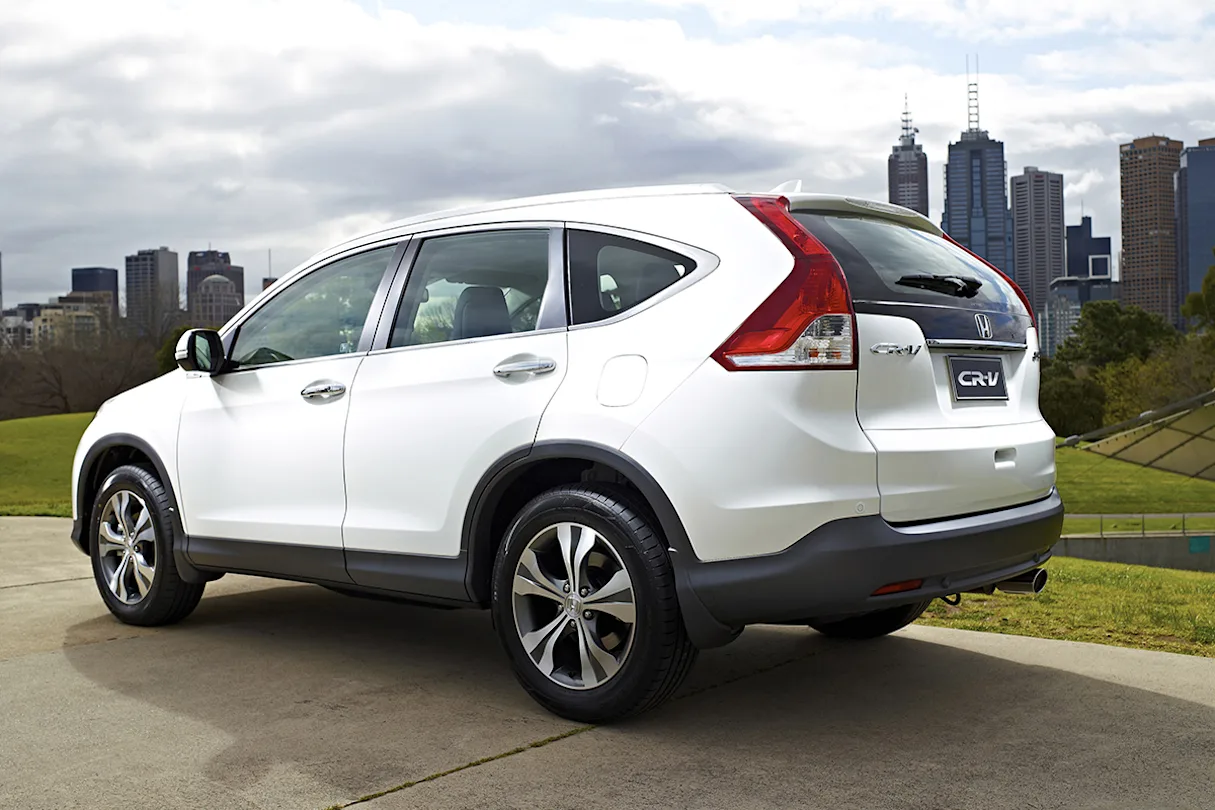
The VTi-S and VTi-L were exclusively all-wheel drive, fitted with a new-generation five-speed automatic transmission that was more predictive rather than reactive, and retaining the 2.4-litre four-cylinder that had been upgraded to generate 140kW and 222Nm.
A significant increase in the level of standard equipment fitted to the base VTi was reflective of market demands and new technologies at the time. It included 17-inch alloy wheels, Bluetooth phone connectivity, and a reversing camera.
On top of its mechanical upgrades, the VTi-S added dual-zone climate control, a DVD player, sat-nav, automatic headlights, rear parking sensors and rain-sensing wipers. The VTi-L introduced conveniences such as keyless entry, push-button start and heated front seats, on top of luxuries like leather trim, a sunroof and larger 18-inch alloy wheels.
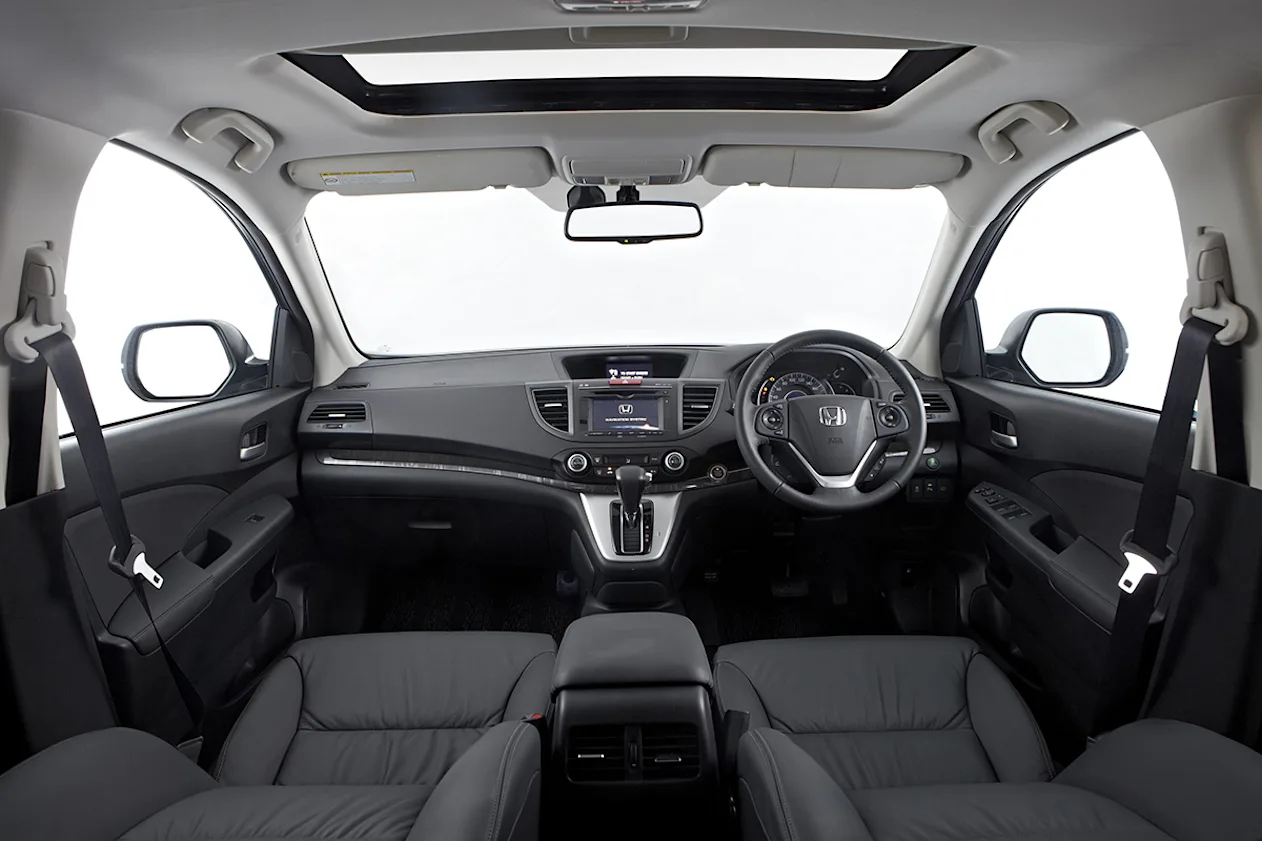
Two years after its initial introduction, Honda Australia sourced the diesel-powered version of the CR-V from England. The DTi-S and DTi-L mirrored the specification of the top-grade petrol models and were exclusively offered with all-wheel drive.
However, the DTi-S was available with the choice of either a six-speed manual or five-speed auto, which was the only transmission option for the DTi-L.
As for the engine itself, the 2.2-litre unit featured common-rail fuel-injection and was the first turbocharged variant of the CR-V, producing 110kW and 350Nm. It was also the most efficient, with a claimed average fuel consumption figure of just 6.7L/100km.
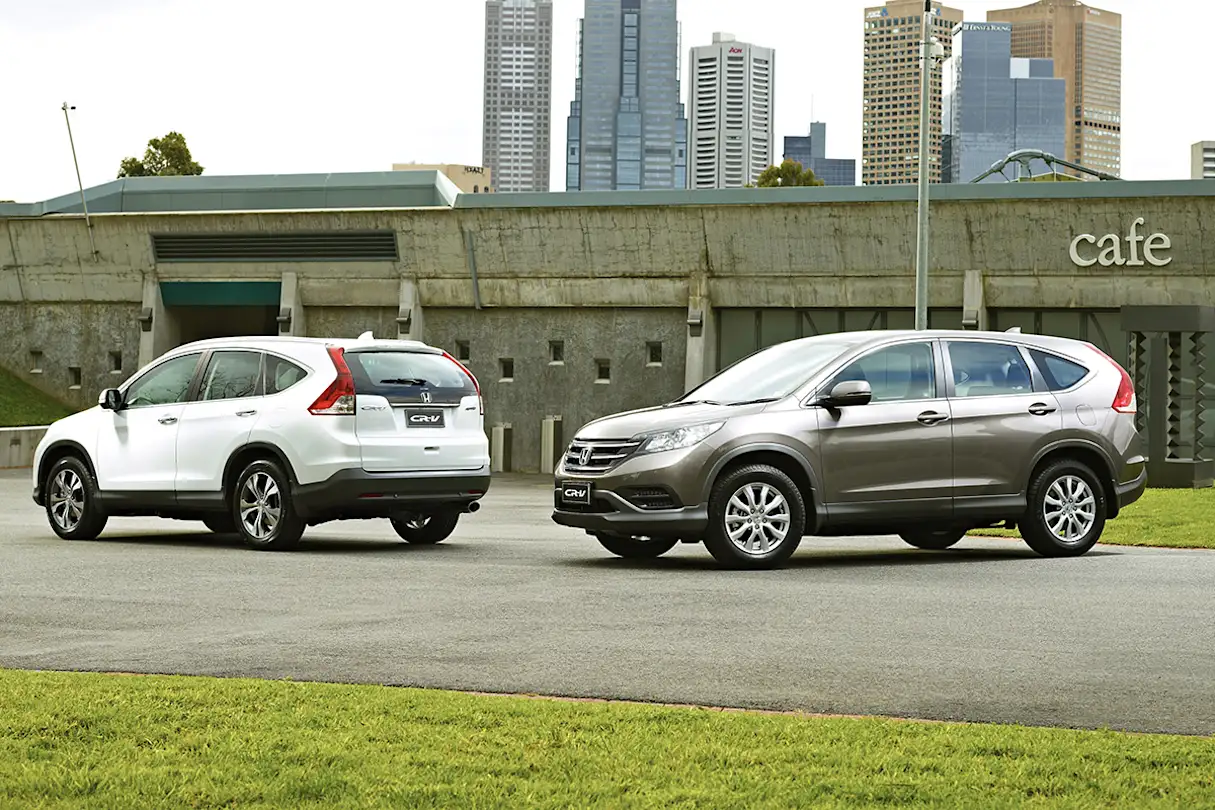
In 2015, a mid-life facelift brought with it a range of modern driver aids including autonomous emergency braking, lane keeping assistance and adaptive cruise control for flagship variants.
2017 – Fifth-generation Honda CR-V
The fifth-generation Honda CR-V was bigger than all of its predecessors, and yet even more flexible than before.
Based on the same platform as the 10th-generation Honda Civic, it ditched the multi-engine strategy of its predecessor to introduce a new-generation turbocharged 1.5-litre four-cylinder petrol engine linked to a continuously variable automatic transmission (CVT) across the range.
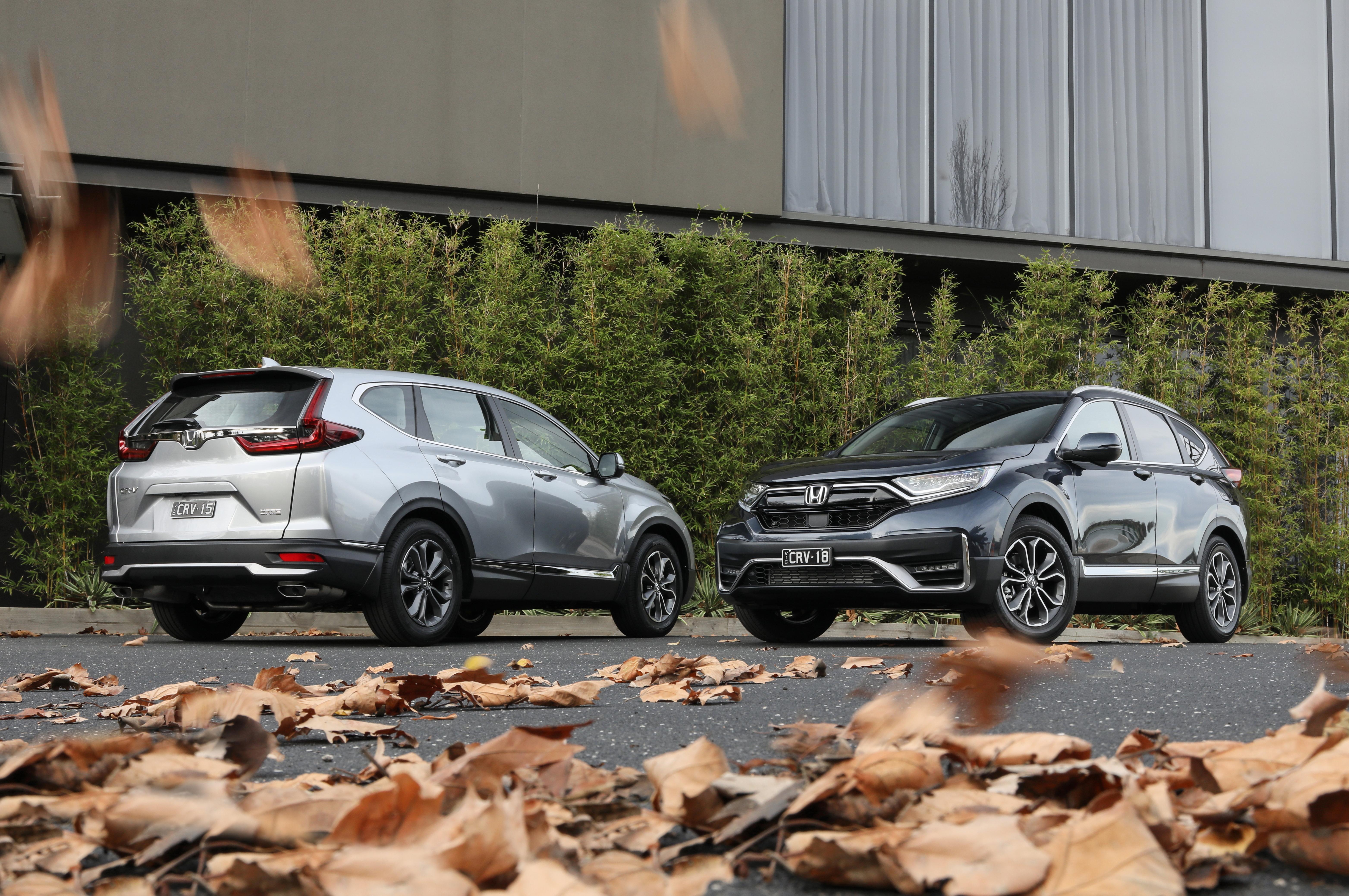
The engine generated 140kW and 240Nm, and combined fuel consumption as low as 7.0L/100km for the entry-level front-wheel drive variants.
The entry-level VTi remained exclusively front-wheel drive and was priced from $30,690, making it less than $1000 pricier than the equivalent base version of the original CR-V almost 20 years later.
It now featured dual-zone climate control, front fog lights, 17-inch alloy, keyless entry and push-button start, an eight-speaker audio system, and an infotainment touchscreen with Apple CarPlay connectivity as standard.
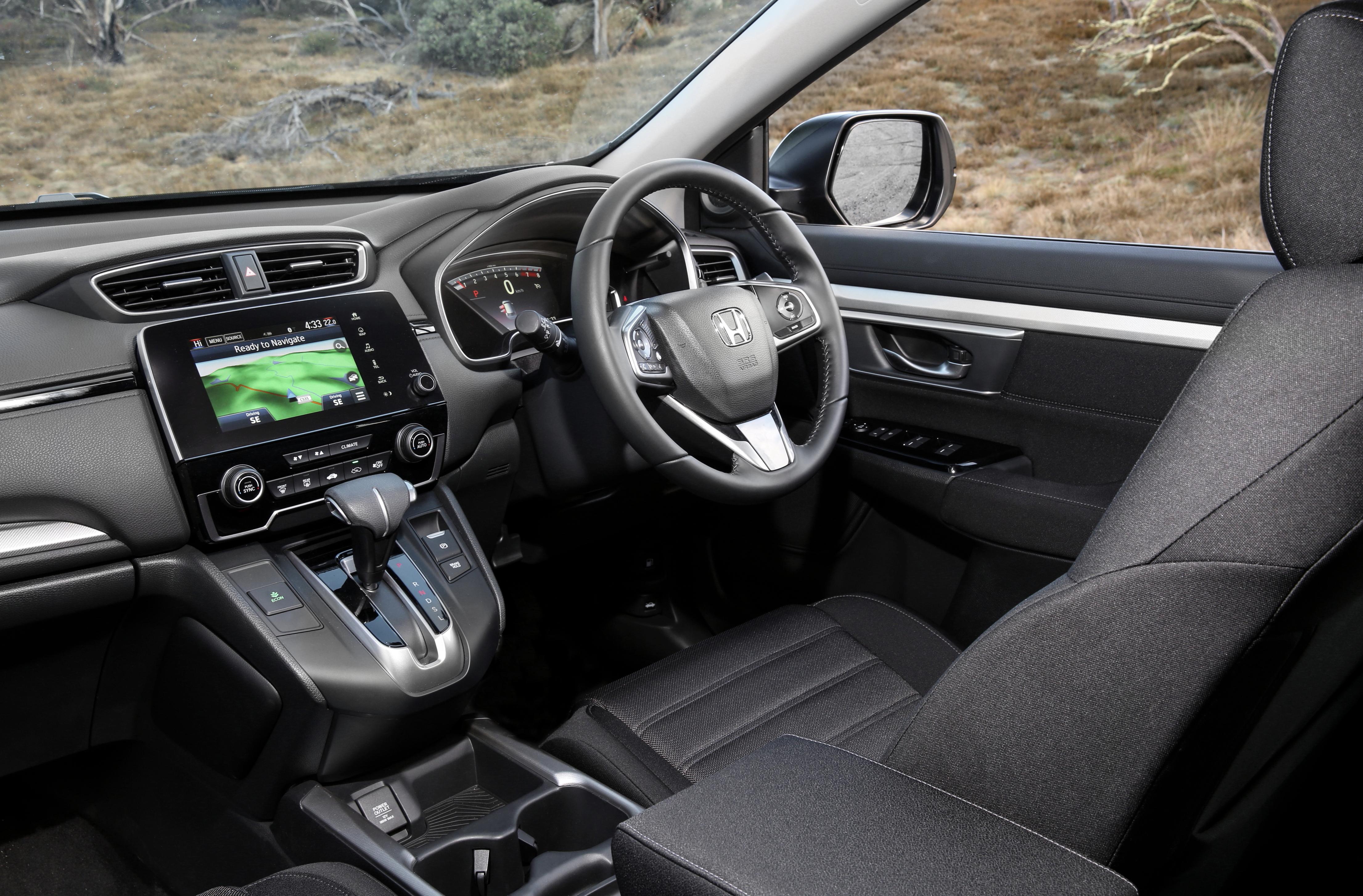
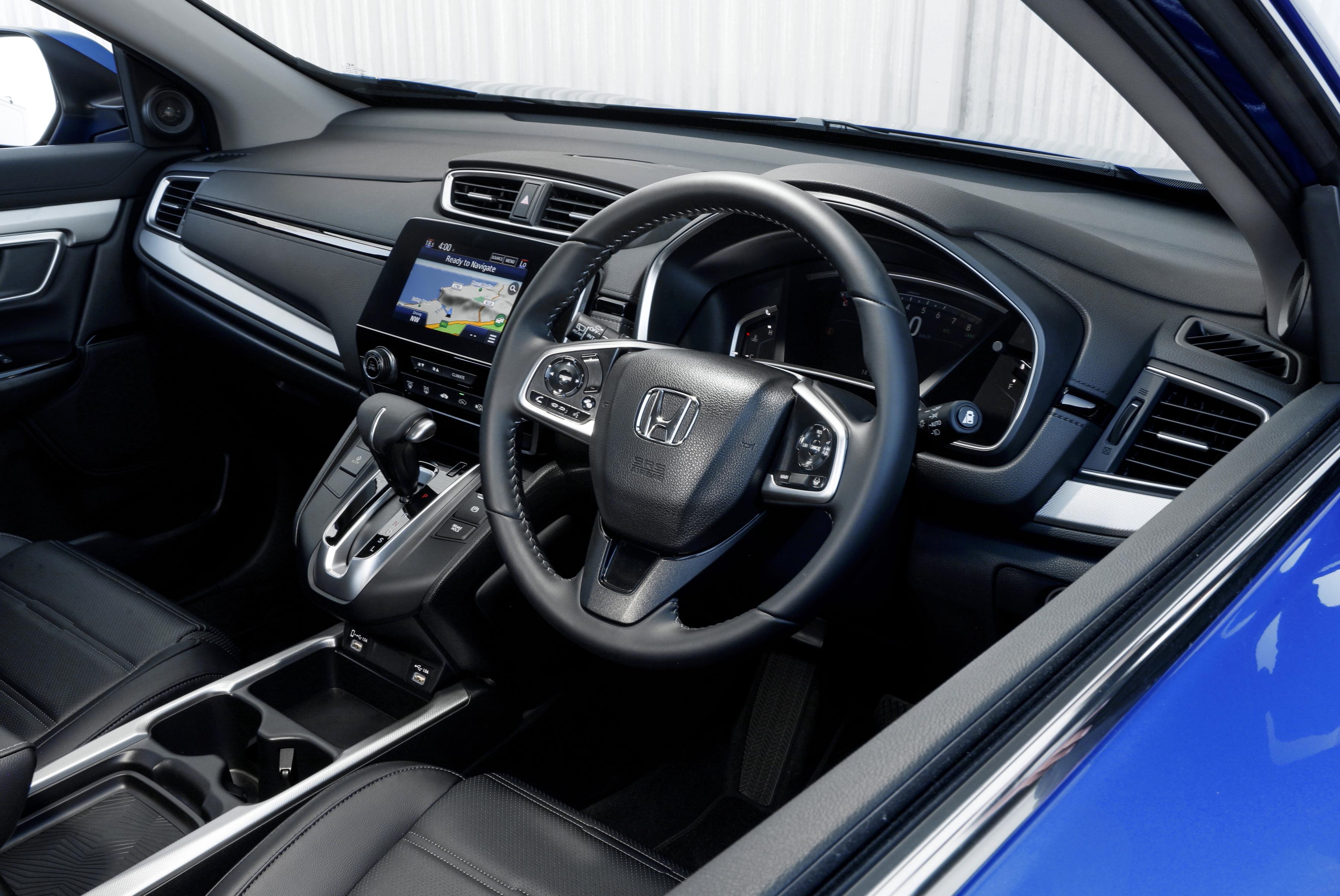
The VTi-S added embedded sat-nav, front and rear parking sensors, 18-inch alloy wheels and a powered tailgate as standard, and was available with the choice of either front- or all-wheel drive.
The most significant change came in the VTi-L, which was two-wheel drive but featured a third row of seats, extending the CR-V’s focused philosophy to growing families.
It also came equipped with a sunroof, leather trim, heated front seats with electric adjustment, and rain-sensing wipers.
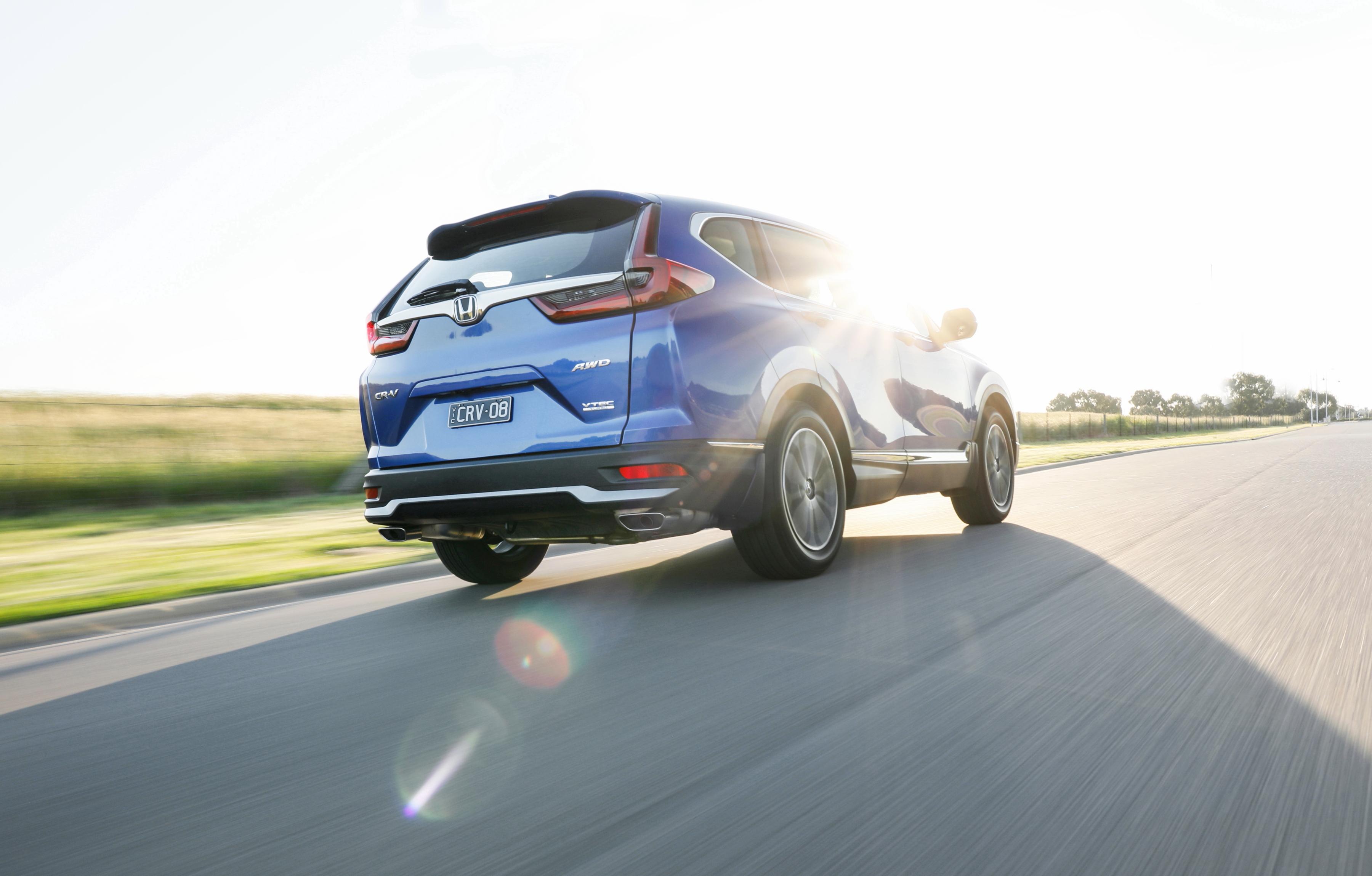
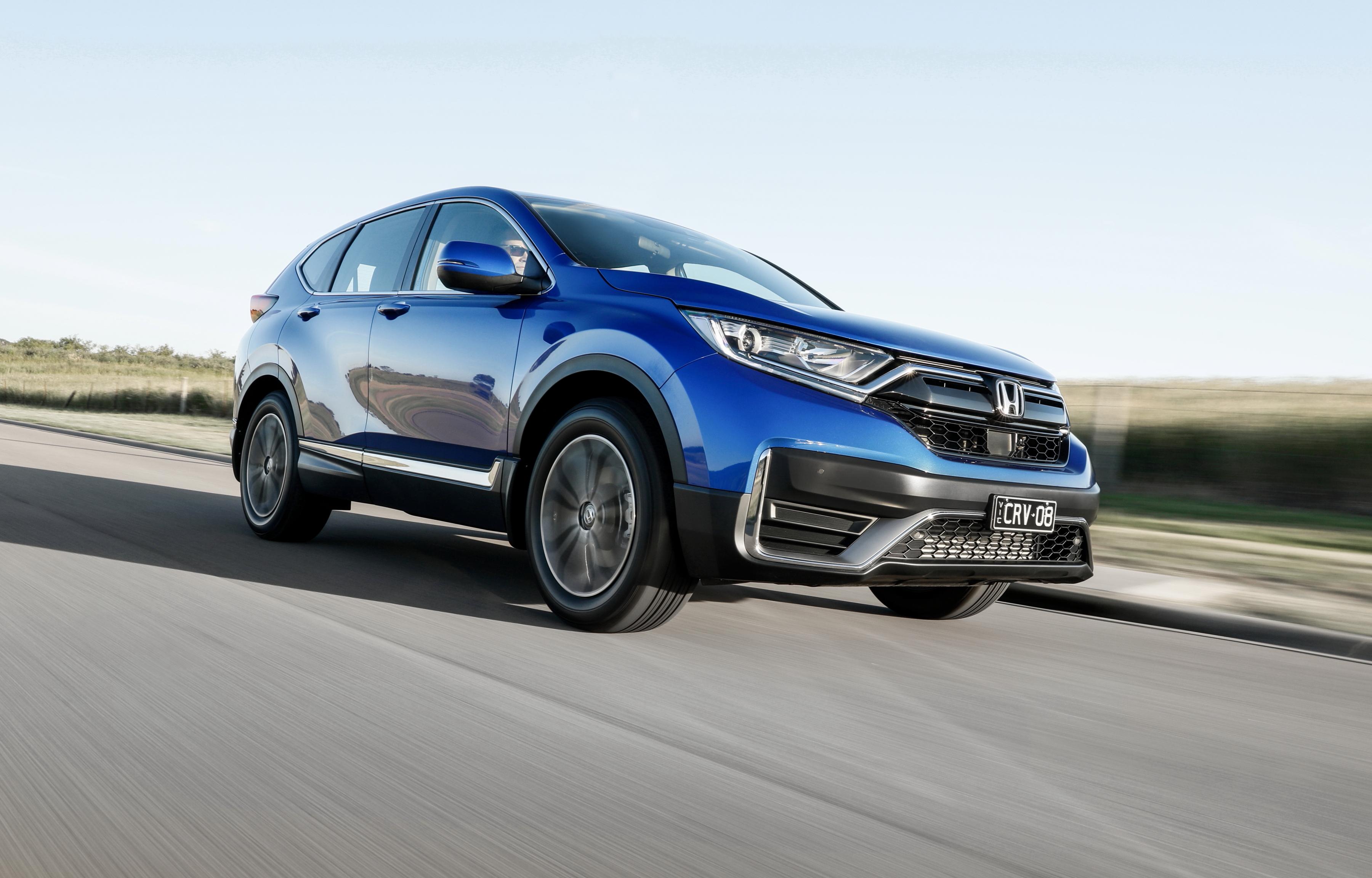
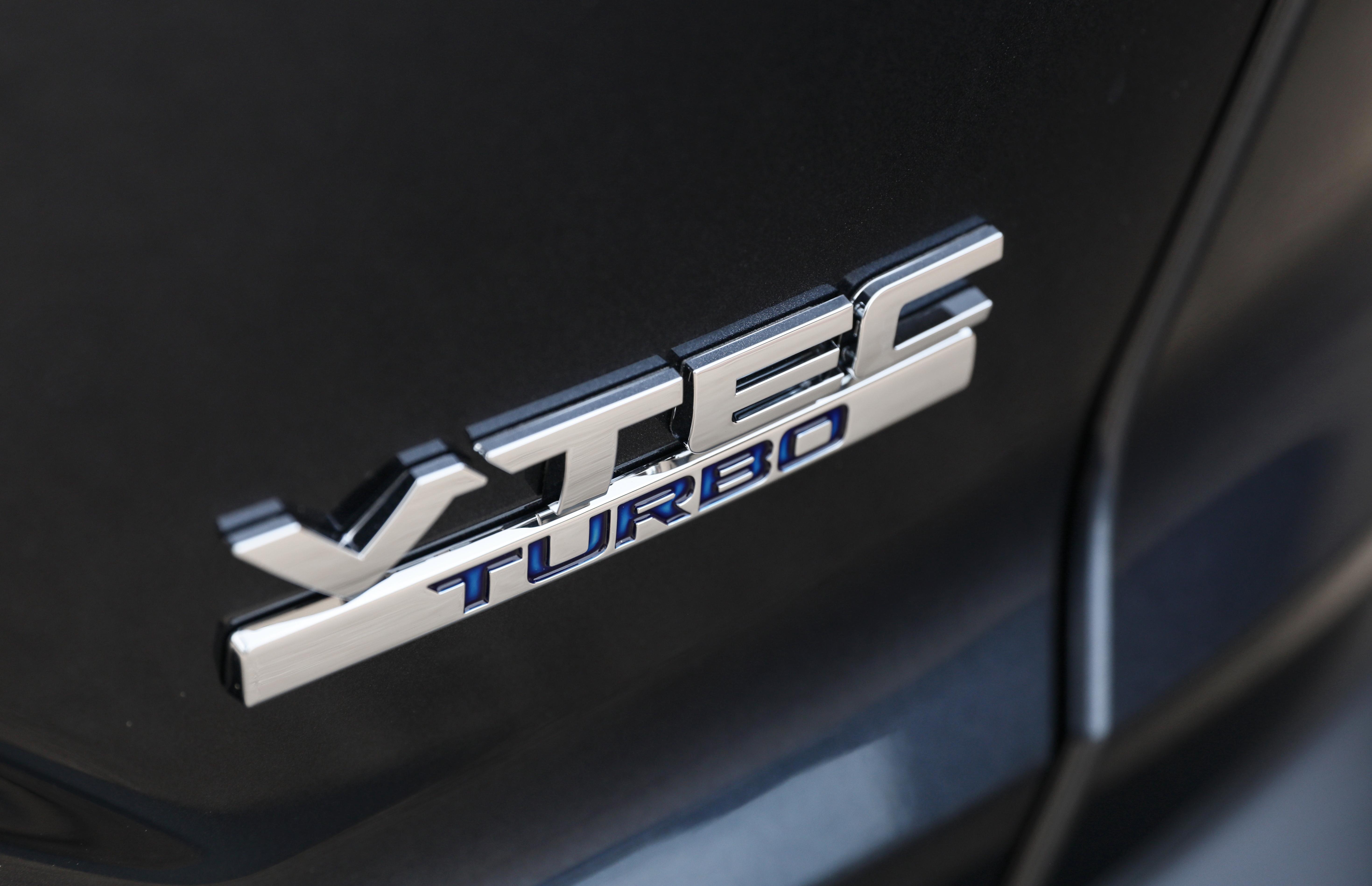
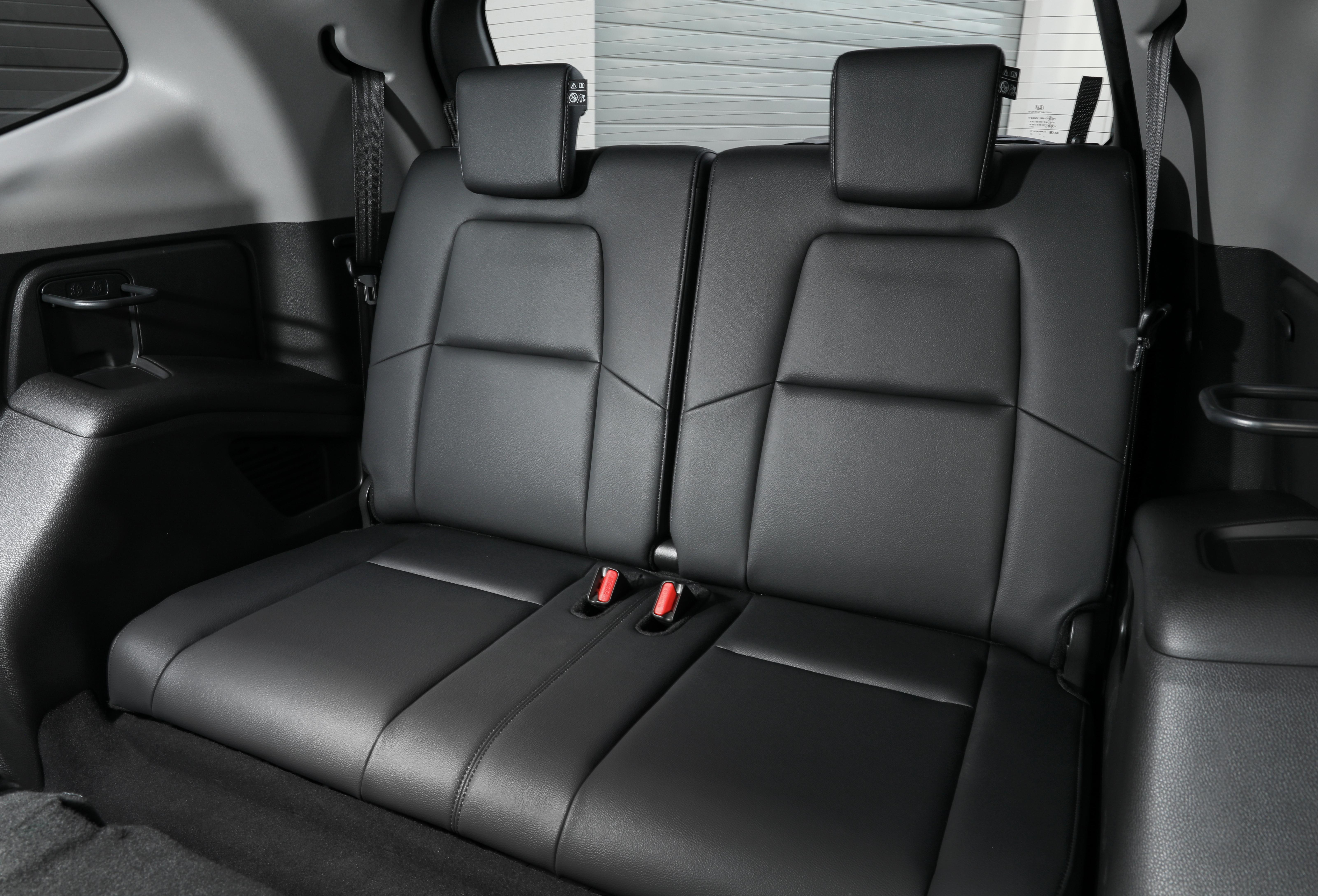
Honda Australia introduced a new flagship in the VTi-LX, which reverted back to a five-seat configuration with all-wheel drive, and added the full suite of Honda Sensing advanced driver aids including autonomous emergency braking, lane keeping assistance, and adaptive cruise control.
Honda changed tack and introduced a new entry-level Vi model in 2020, powered by a 2.0-litre naturally aspirated four-cylinder petrol engine that produced 113kW and 189Nm.
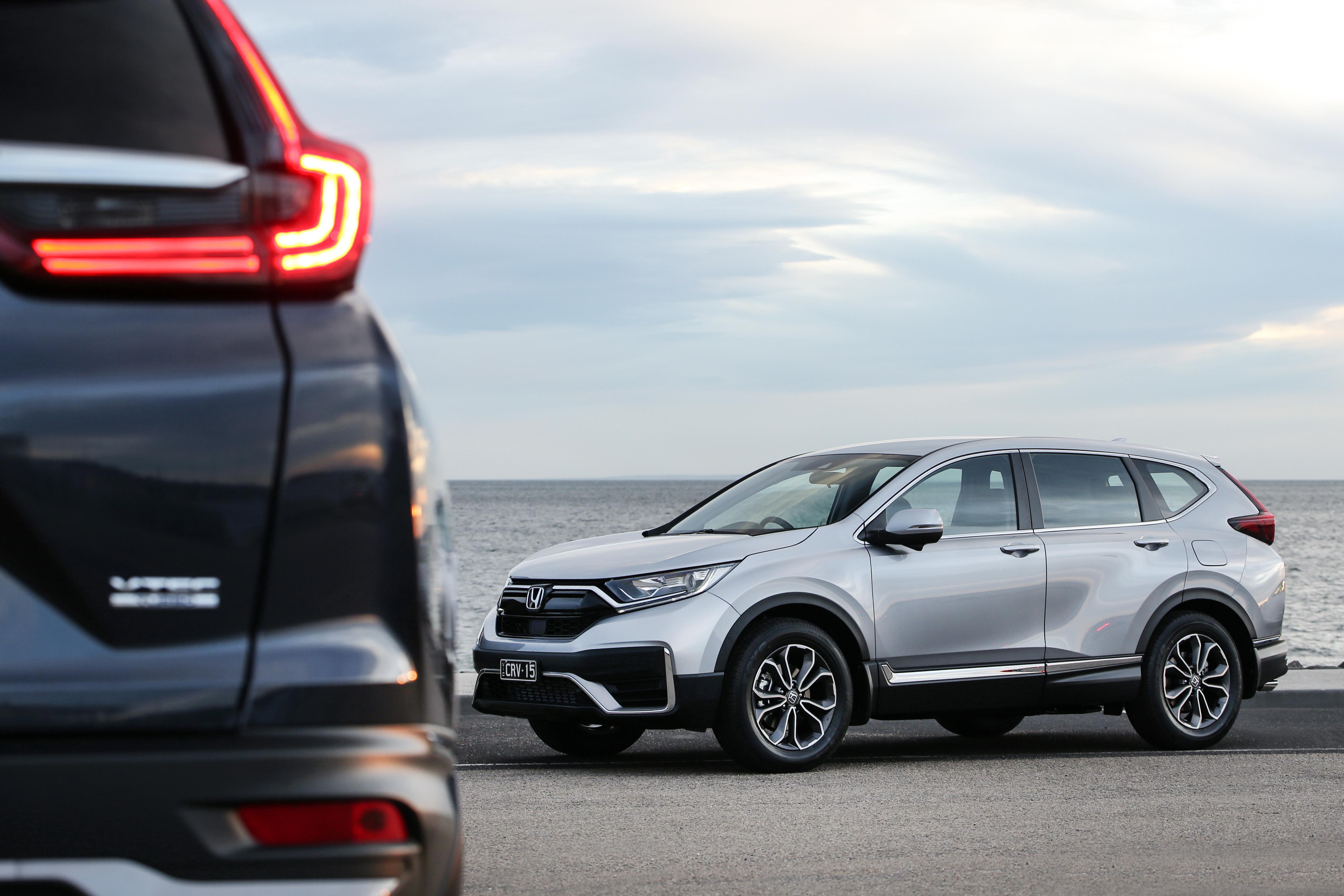
And then a mid-cycle upgrade arrived in 2022, bringing exterior design changes, a second seven-seat variant in the VTi-LX, and the full suite of Honda Sensing safety systems for all variants with the 1.5-litre turbo four.
2022 – Sixth-generation Honda CR-V
And that brings us to today with the launch of the sixth-generation Honda CR-V in 2022.
It arrived in Australian showrooms in mid-2023, bringing more modern styling, the latest chassis architecture that also underpins the 11-generation Civic, and a hybrid powertrain to the local CR-V lineup for the first time.
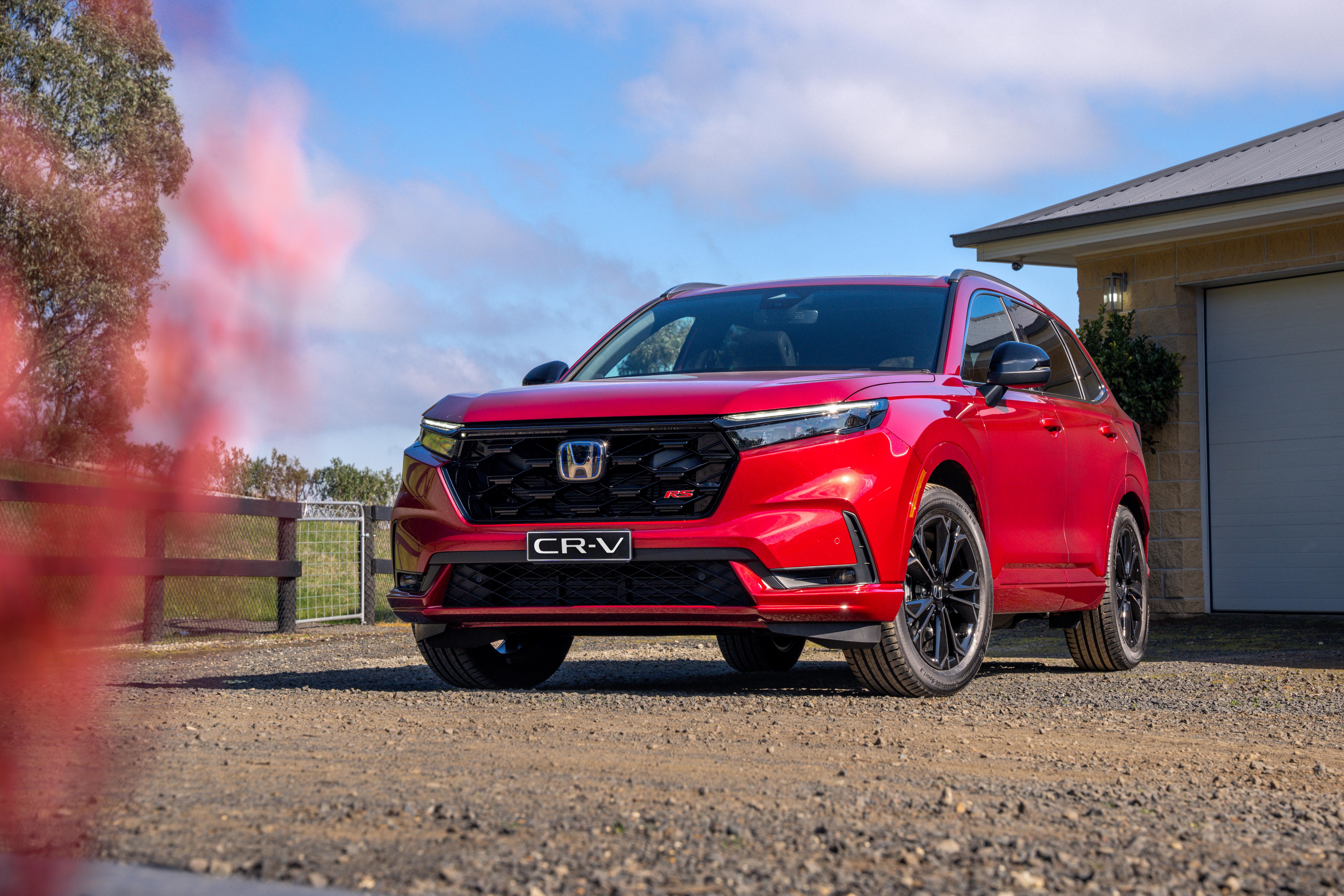
Showcasing Honda’s strategic decision to position itself at the premium end of the mainstream mid-size SUV segment amid a flurry of new budget auto brands arriving in Australia, the sixth-generation CR-V was specified accordingly and accompanied by a national drive-away pricing policy.
The latest CR-V is available in seven different variants – all of which (except for the flagship RS e:HEV) are powered by the same turbocharged 1.5-litre four-cylinder petrol engine as its predecessor, producing 140kW and 240Nm and matched with a CVT auto.
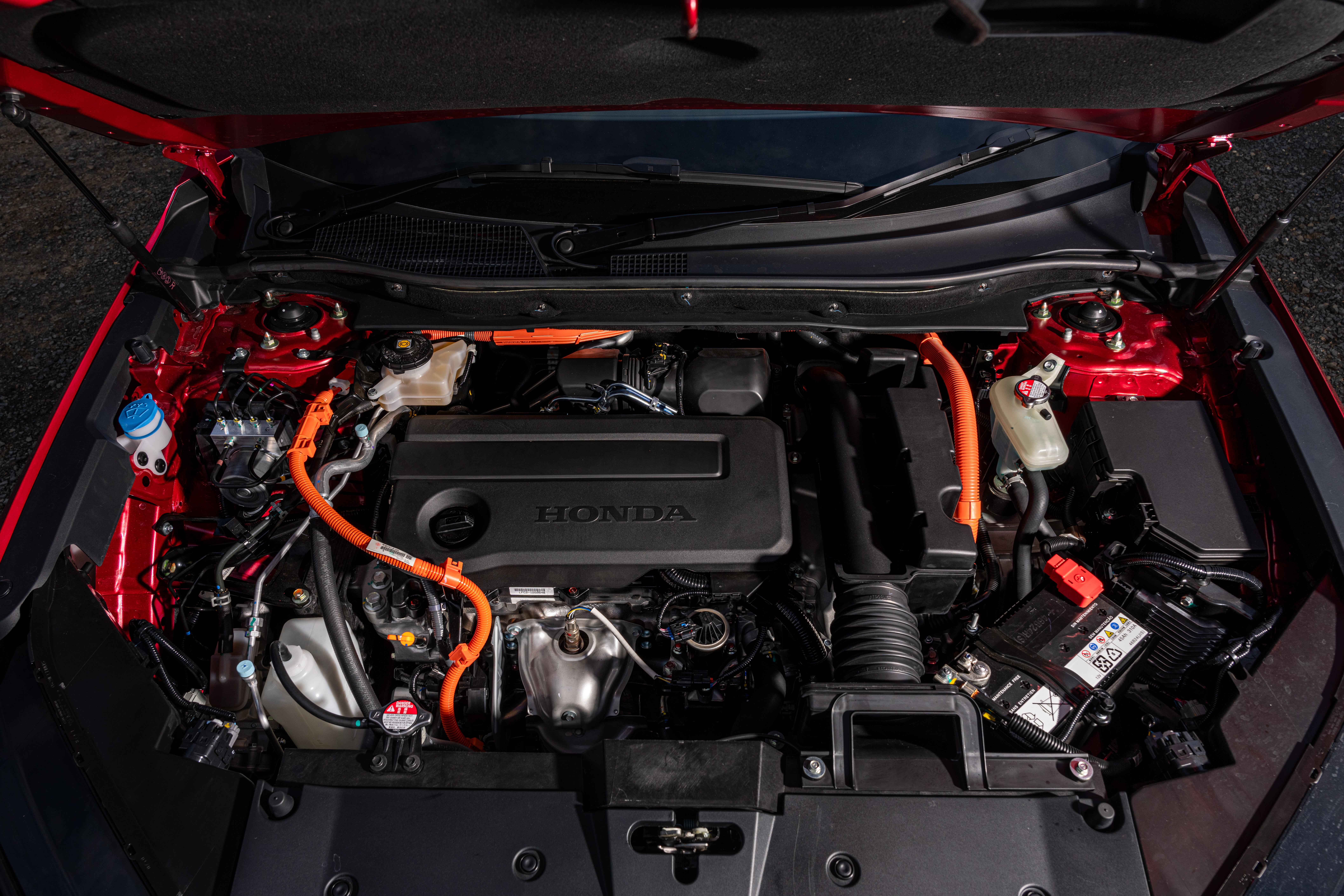
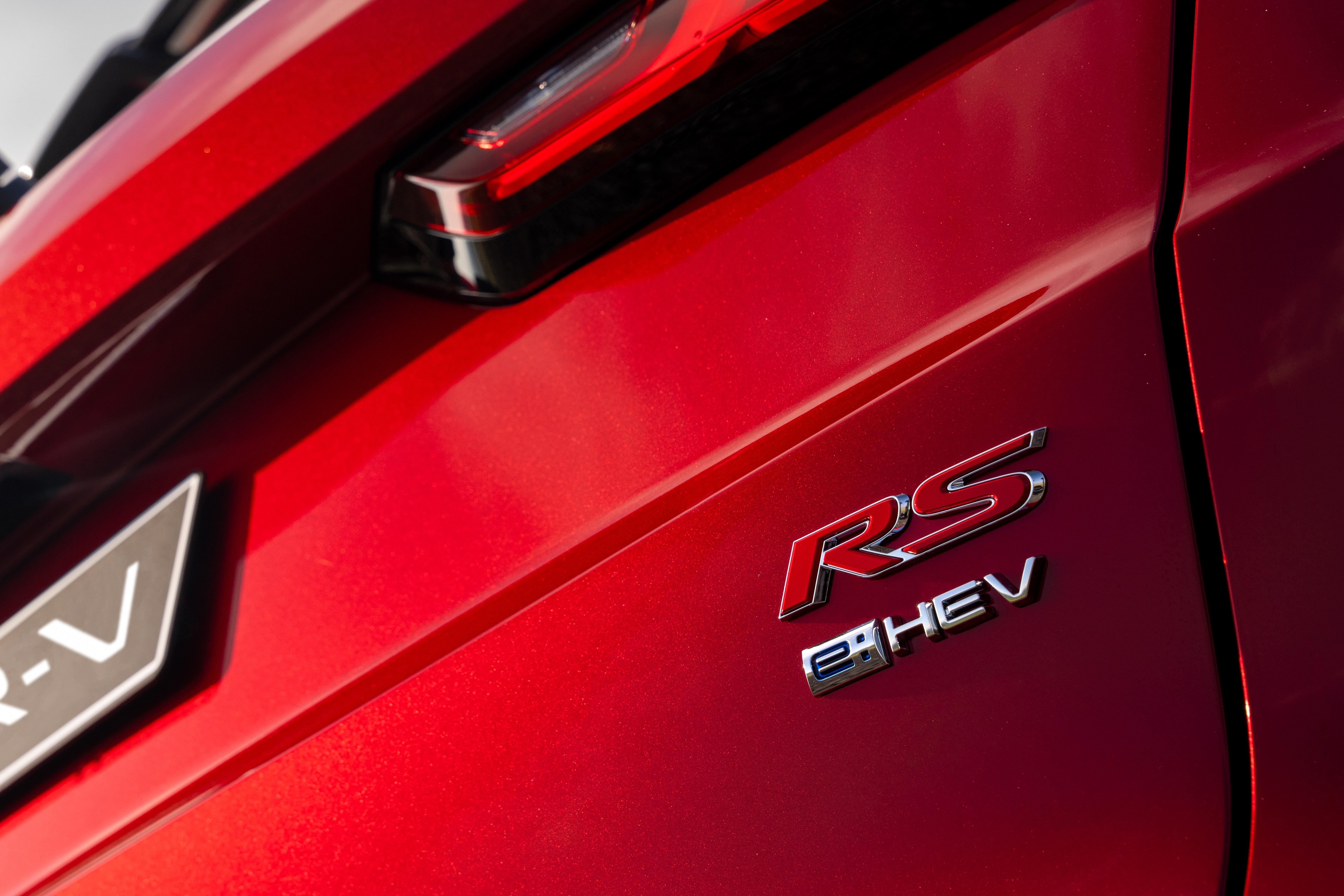
The base VTi-X and both seven-seaters – the VTi-X7 and VTi-L7 – retain a front-wheel drive configuration, while the VTi-LX is exclusively all-wheel drive. Only the mid-range VTi-L can be had with the choice of front- or all-wheel drive.
The most significant addition is the advanced hybrid powertrain which links a lean-burning 2.0-litre naturally aspirated four-cylinder petrol engine with a CVT transmission that houses a pair of electric motors and drives the front wheels only.
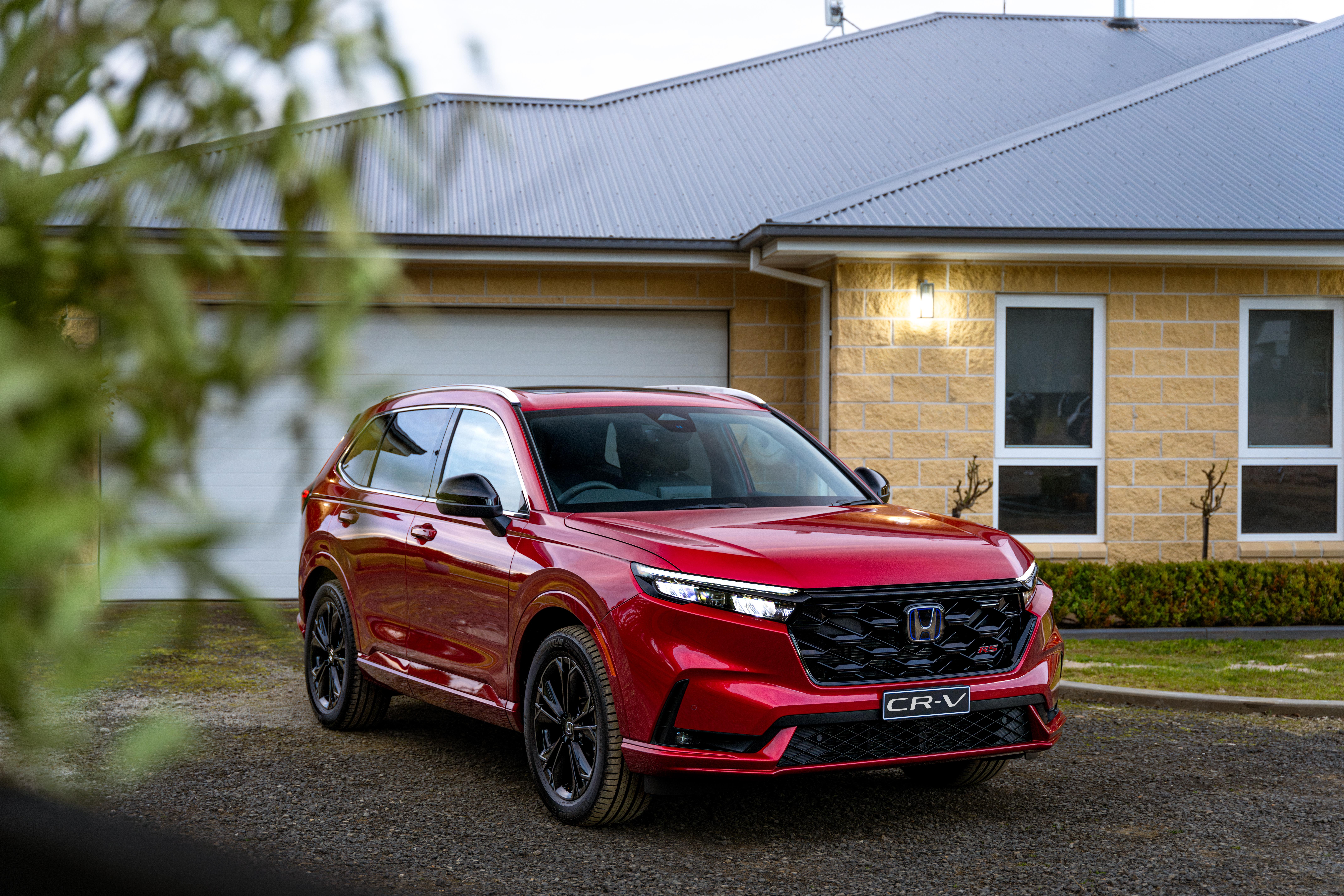
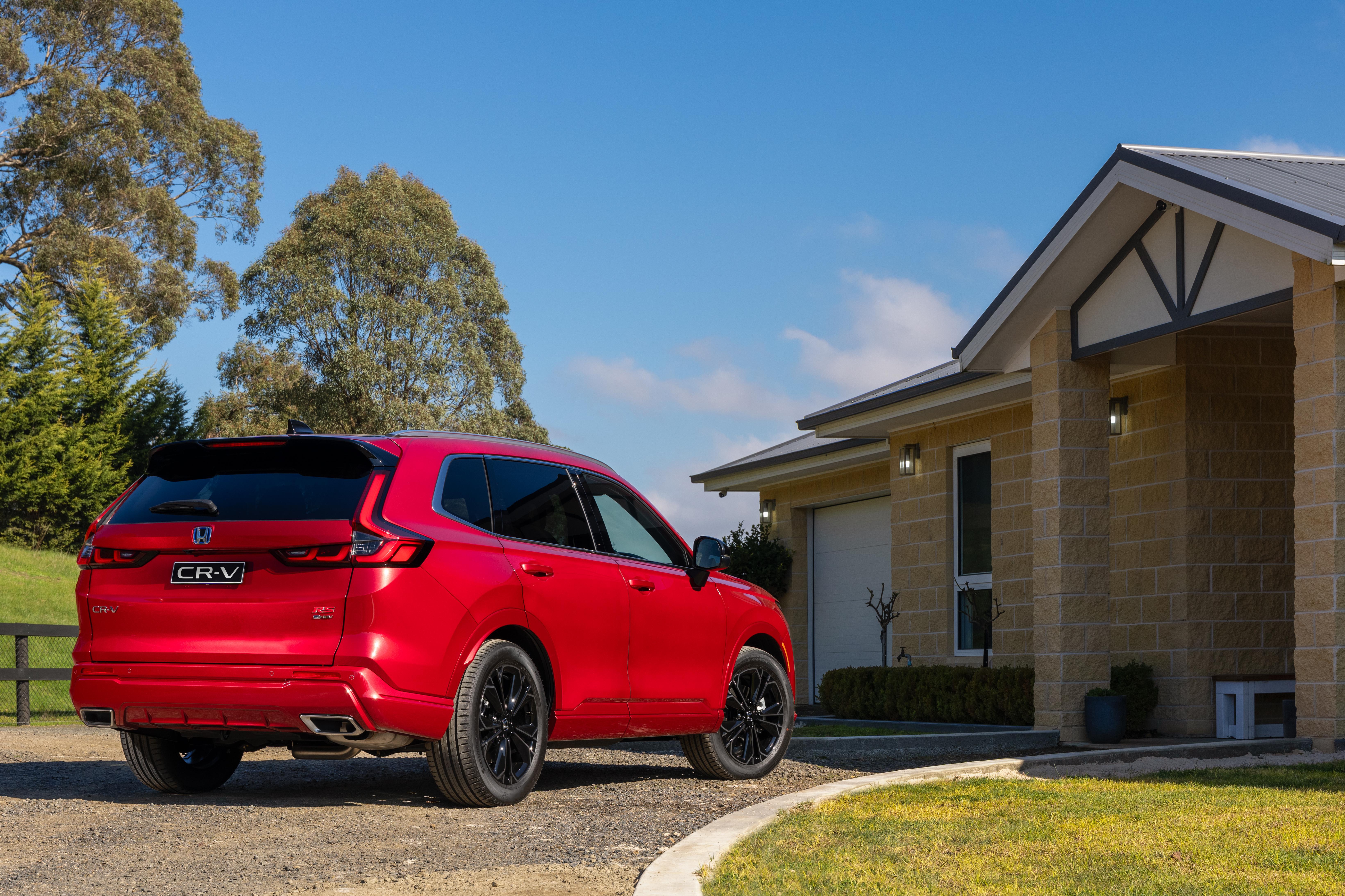
It produces combined maximum outputs of 135kW and 335Nm, and has claimed average fuel consumption of 5.5L/100km.
And finally, all sixth-generation CR-V vehicles are equipped with the highest level of Honda Sensing safety systems, including 11 airbags, autonomous emergency braking, lane keeping assistance, adaptive cruise control, and traffic sign recognition.

